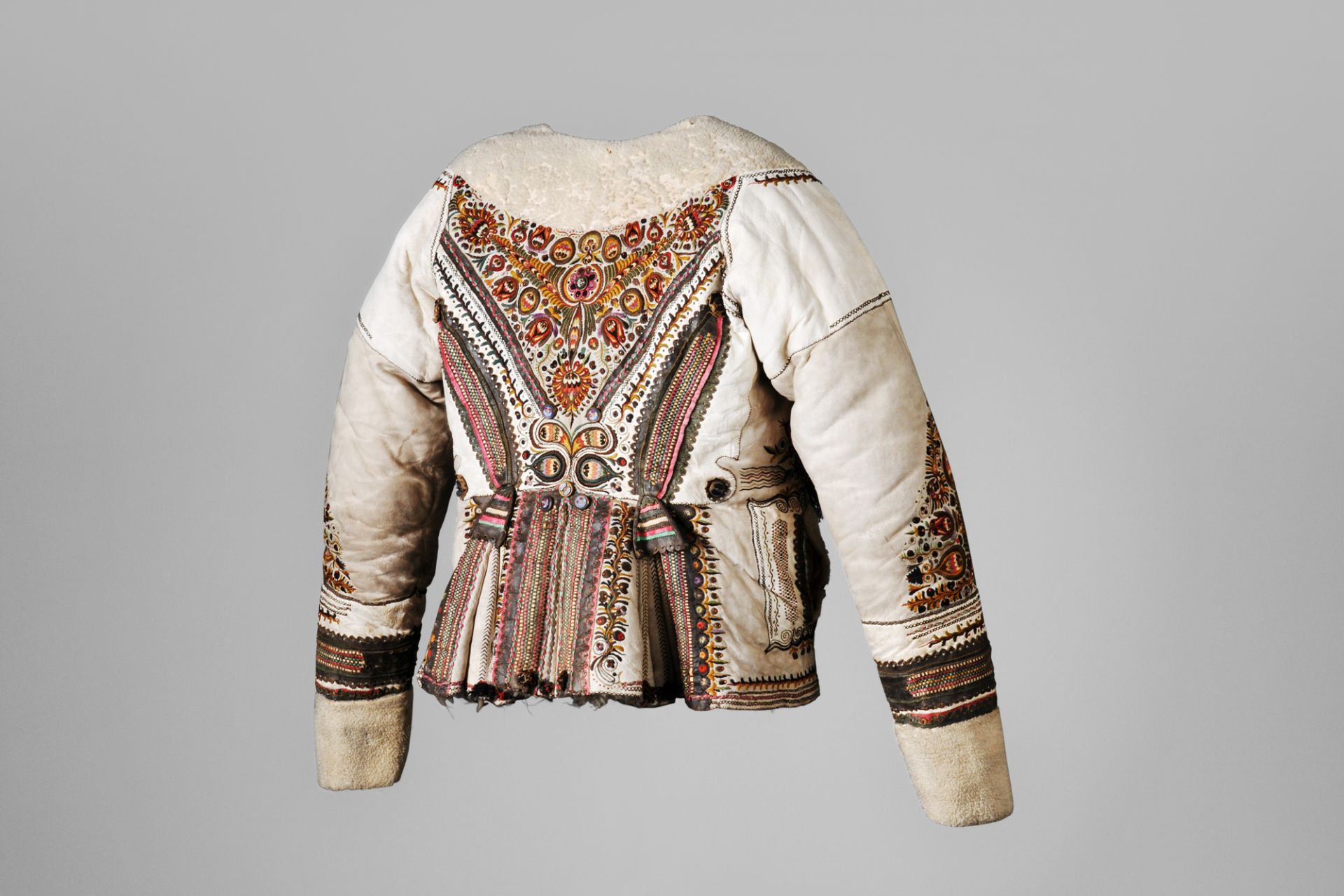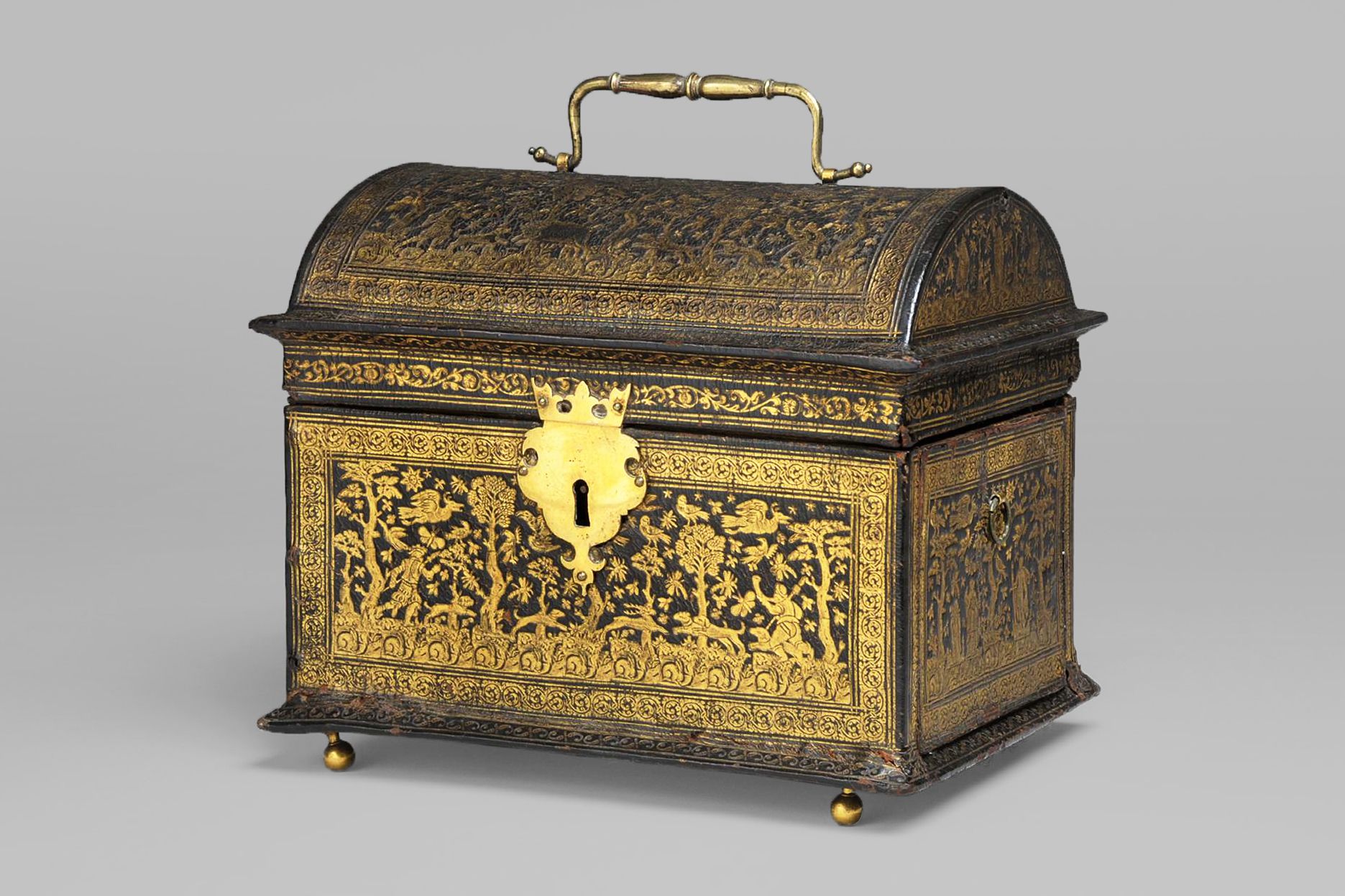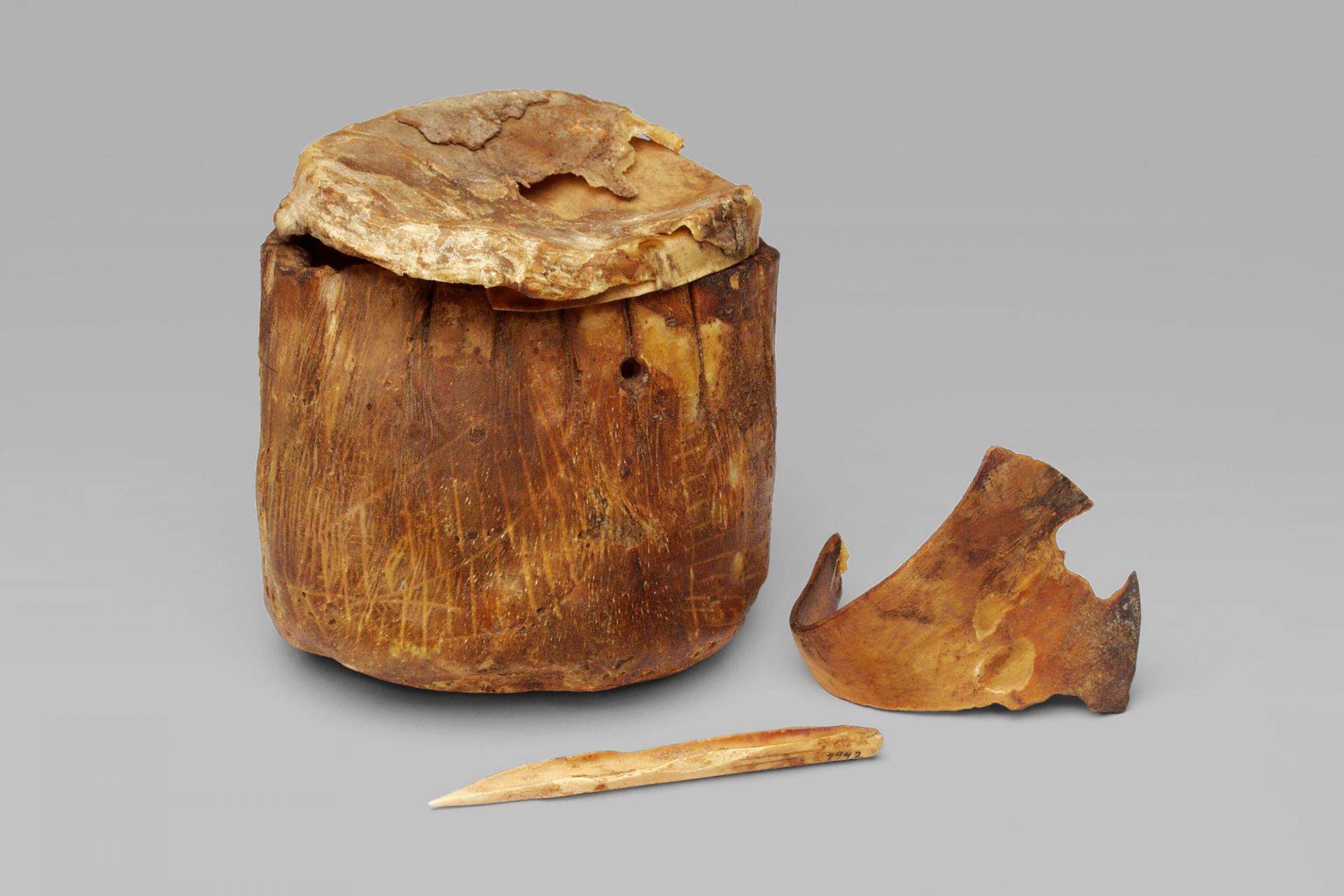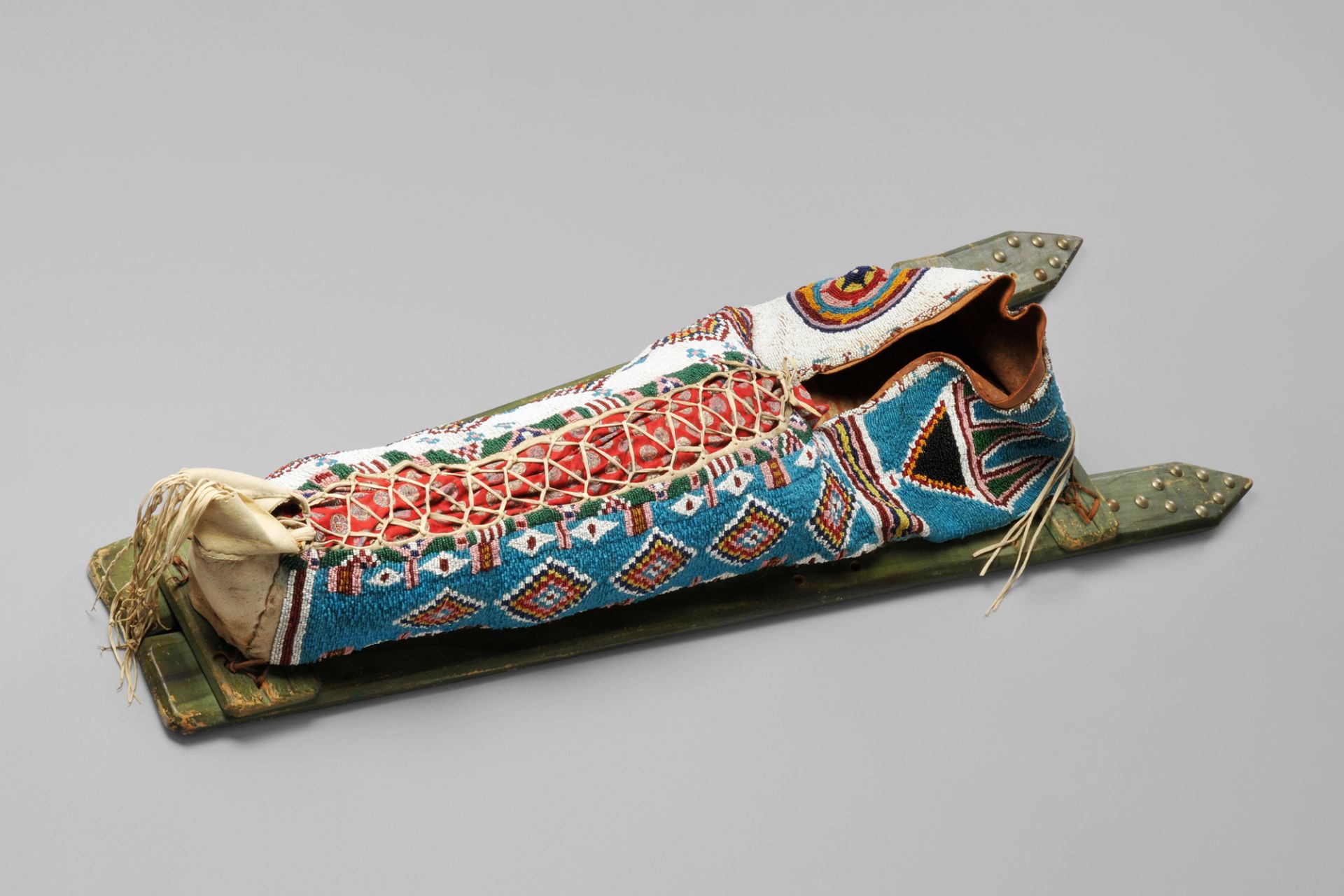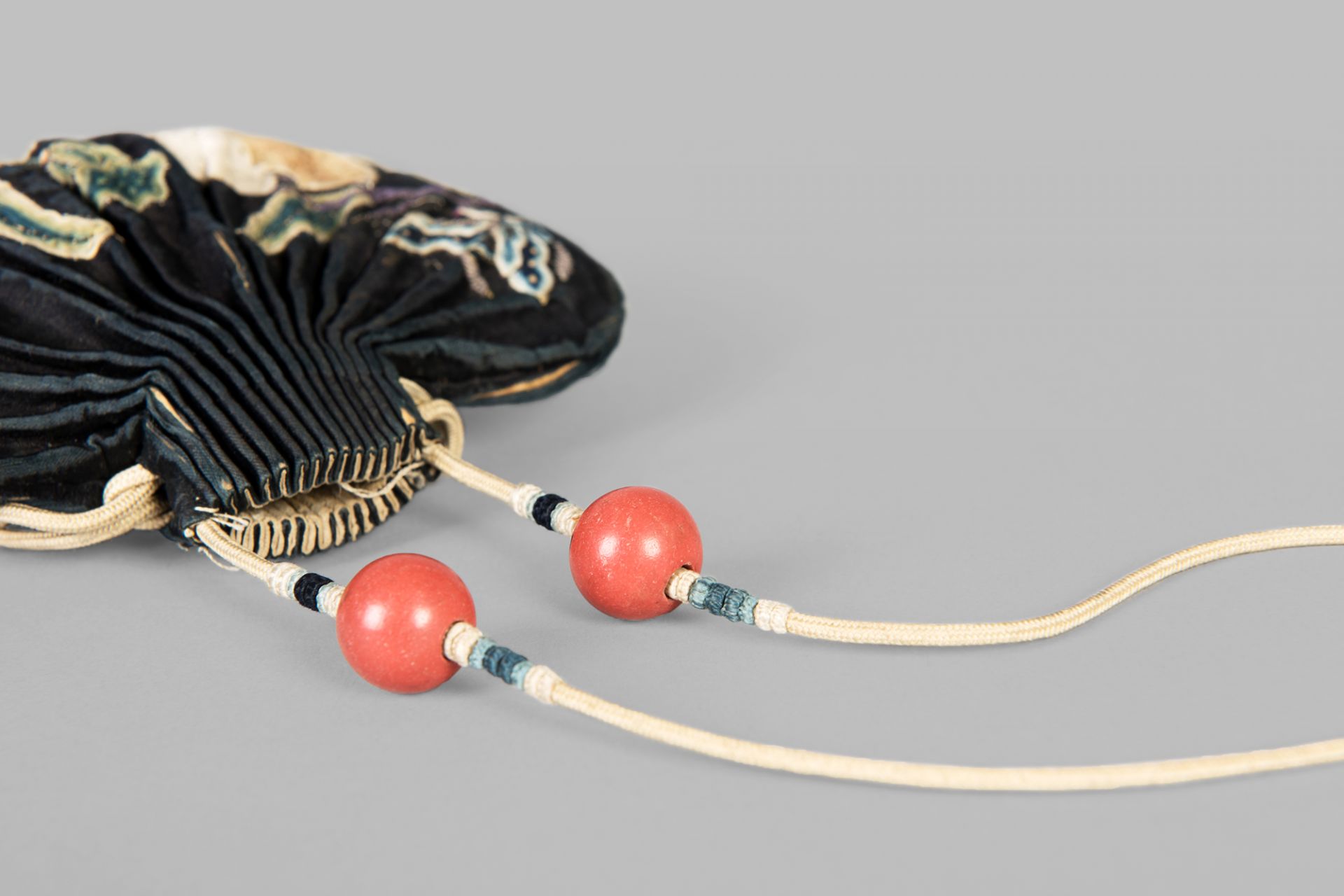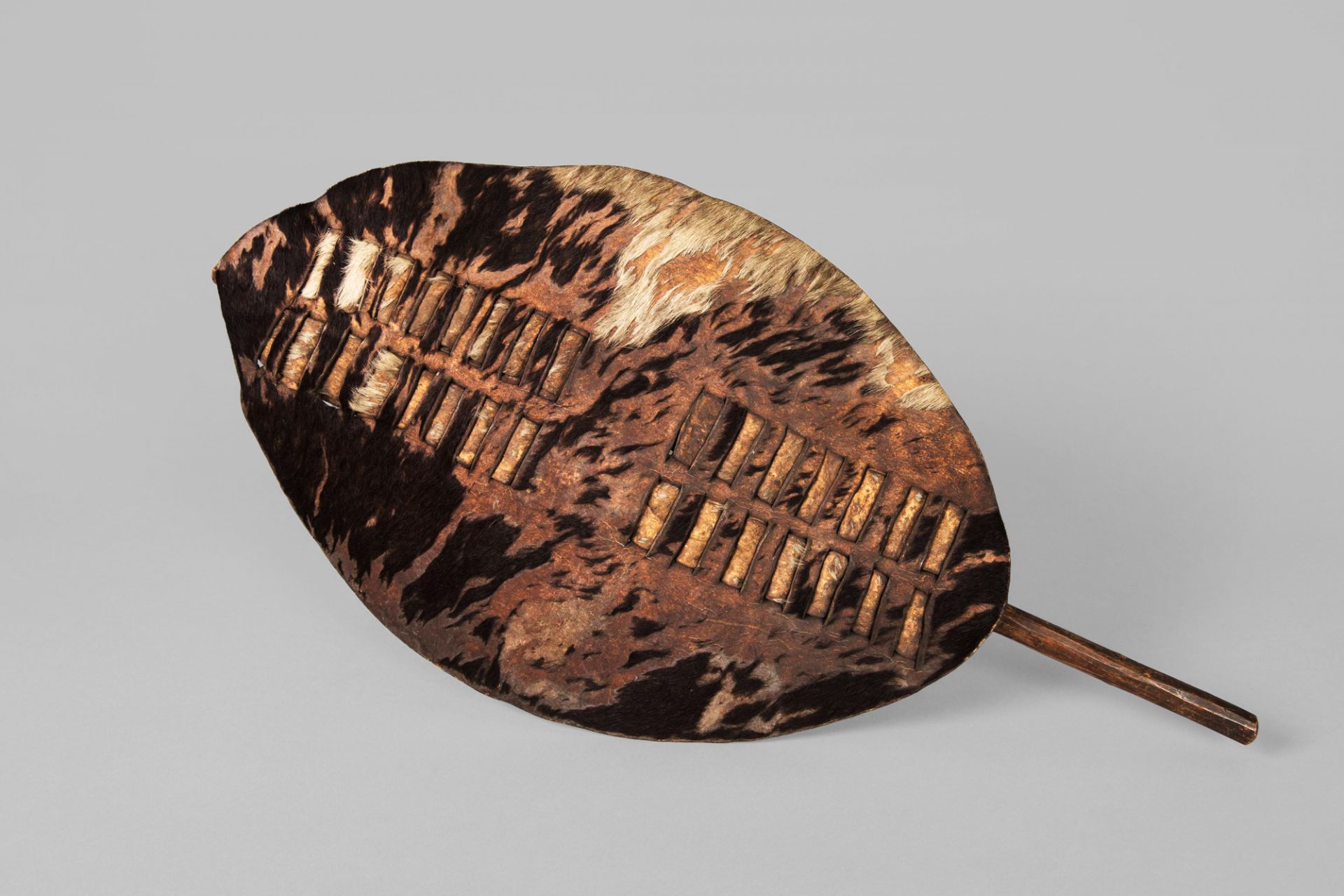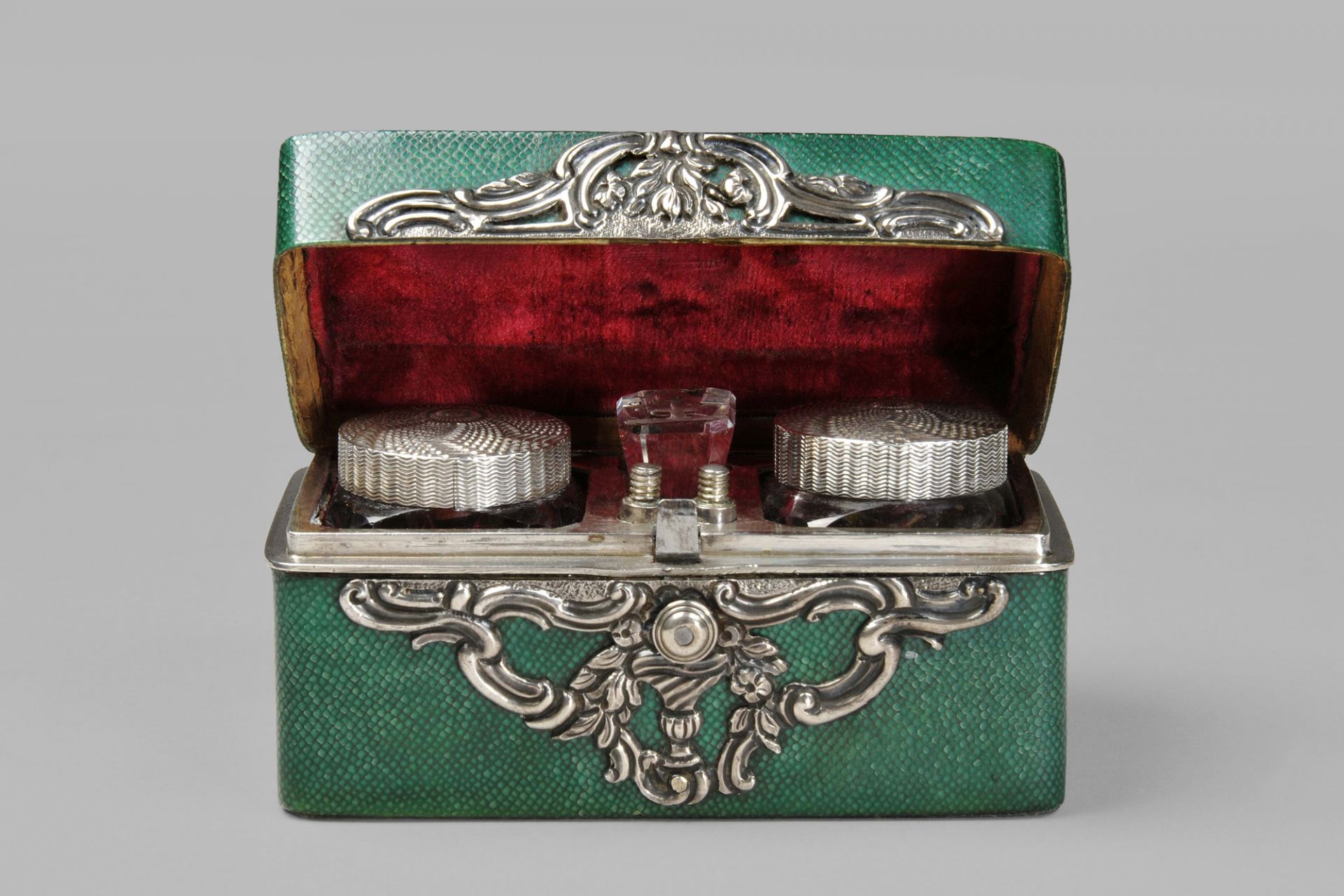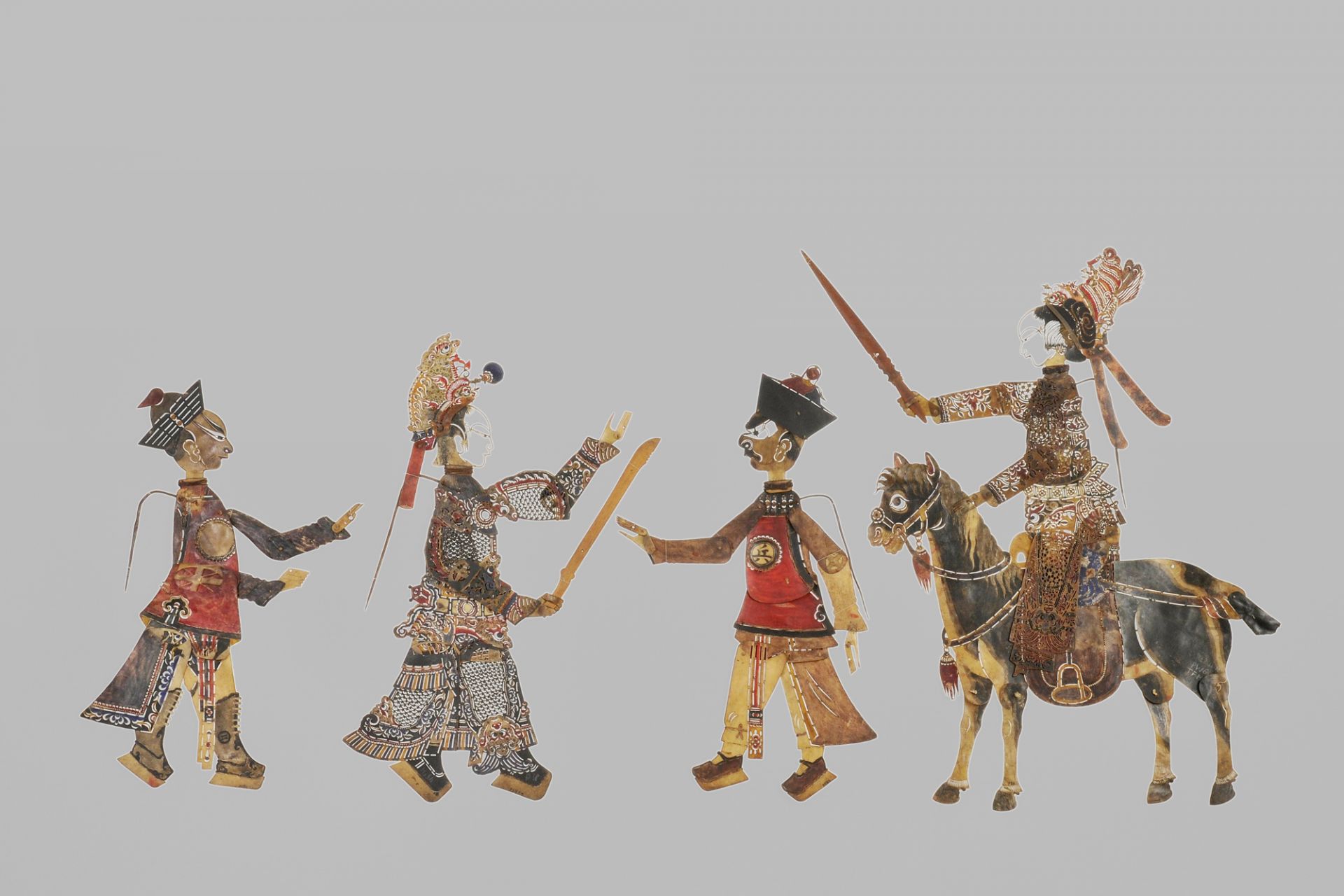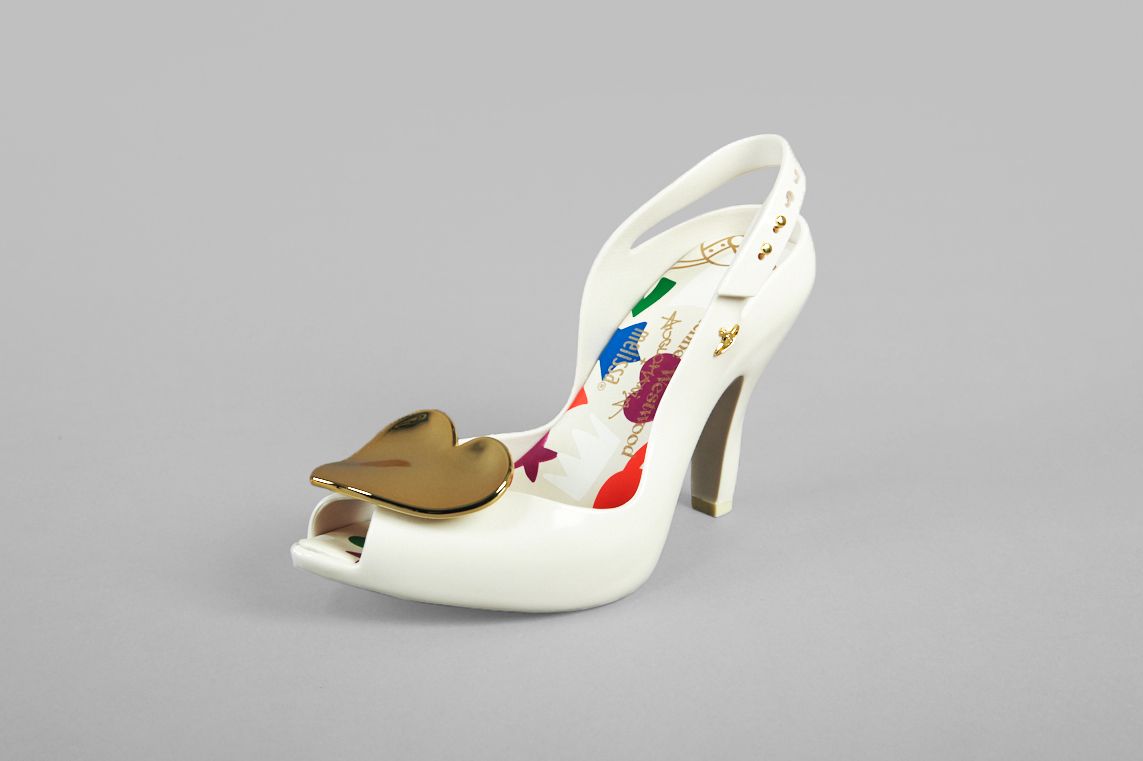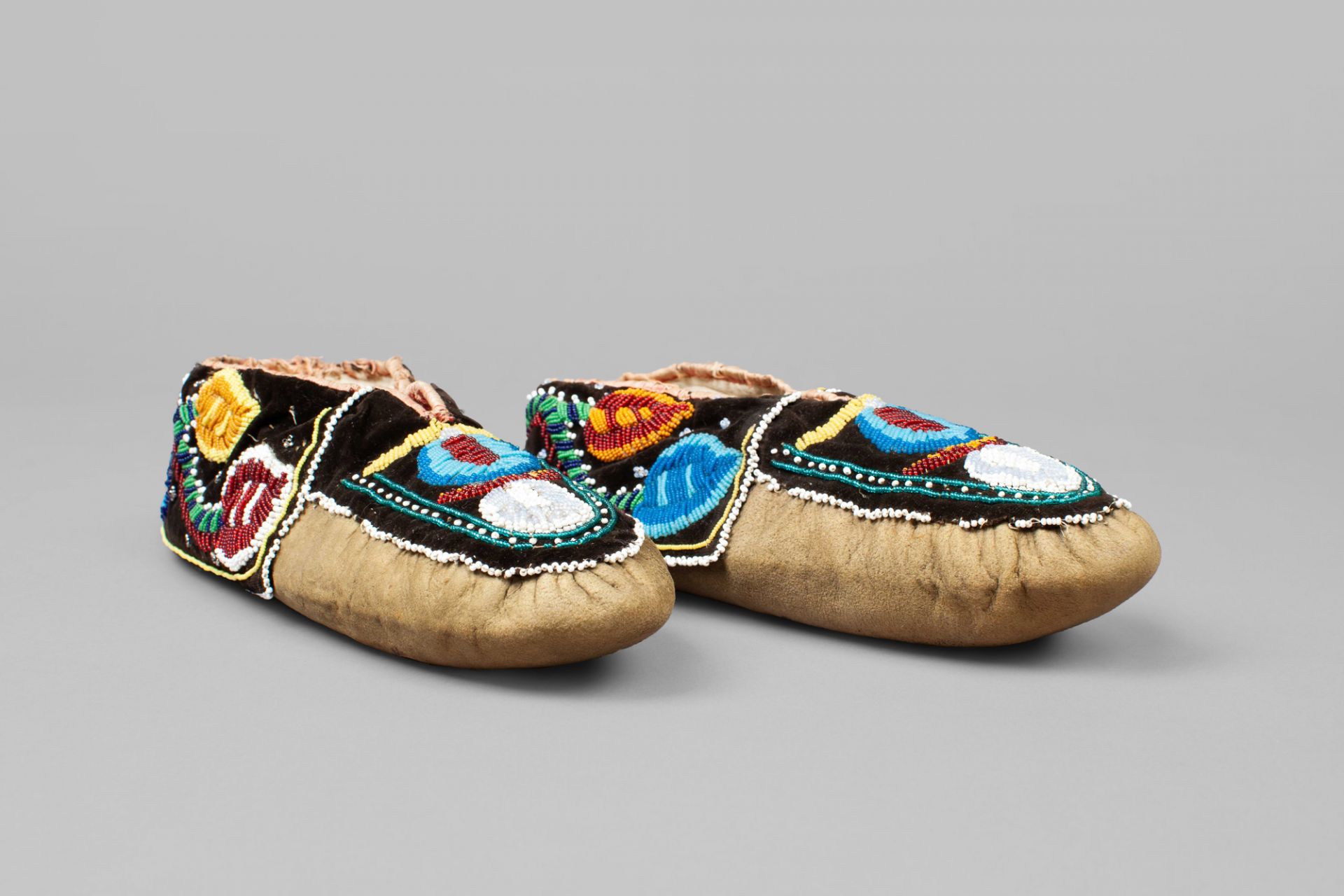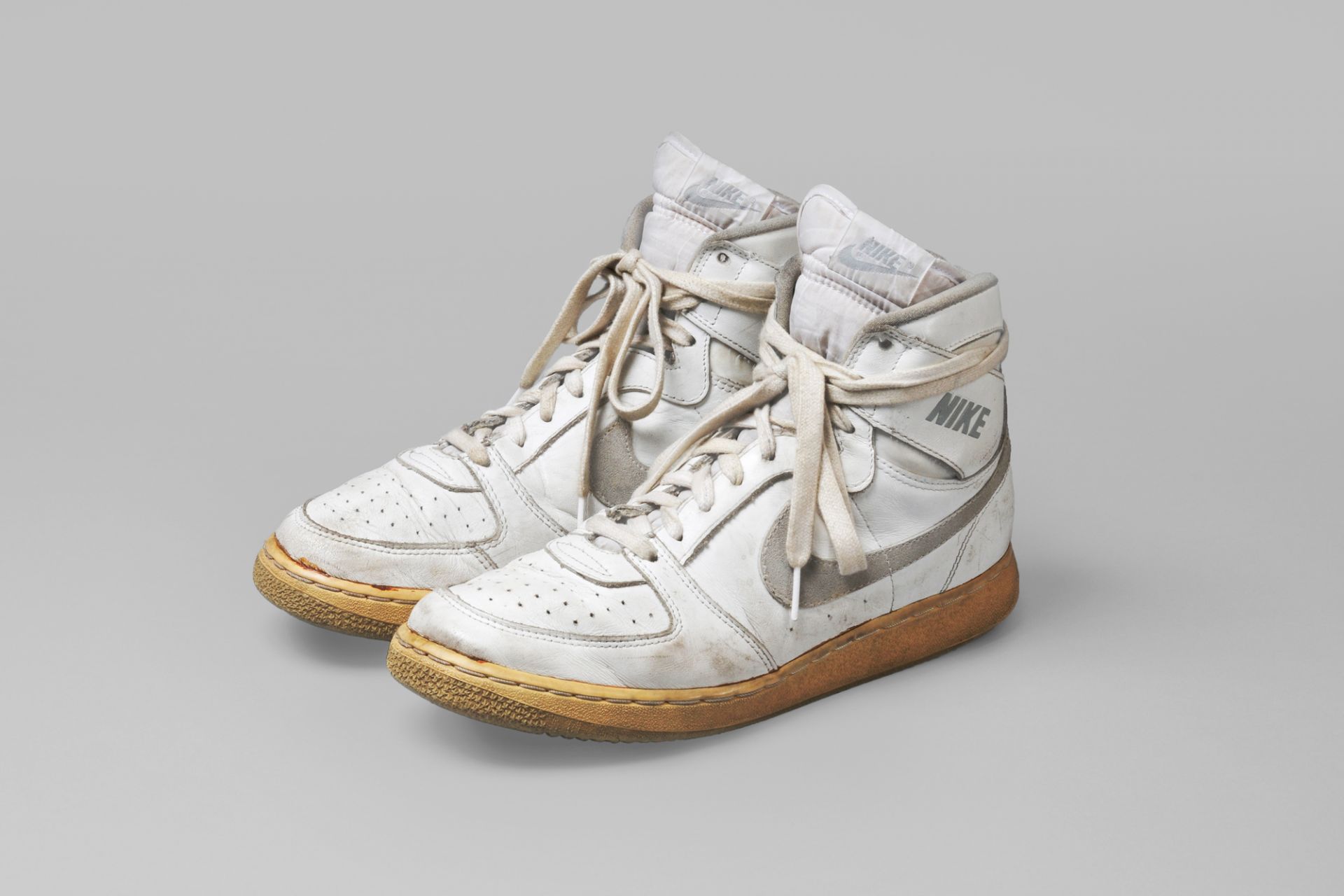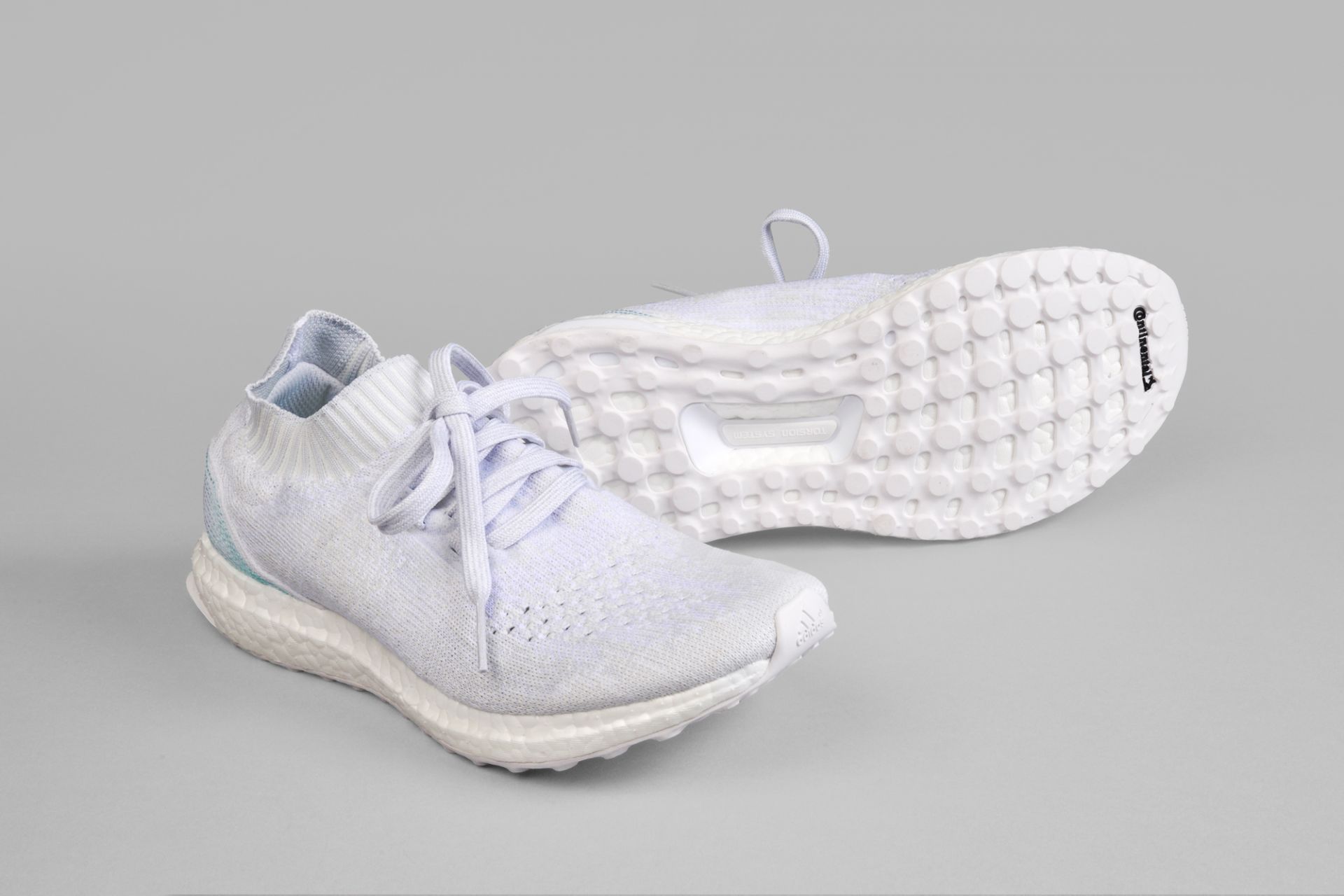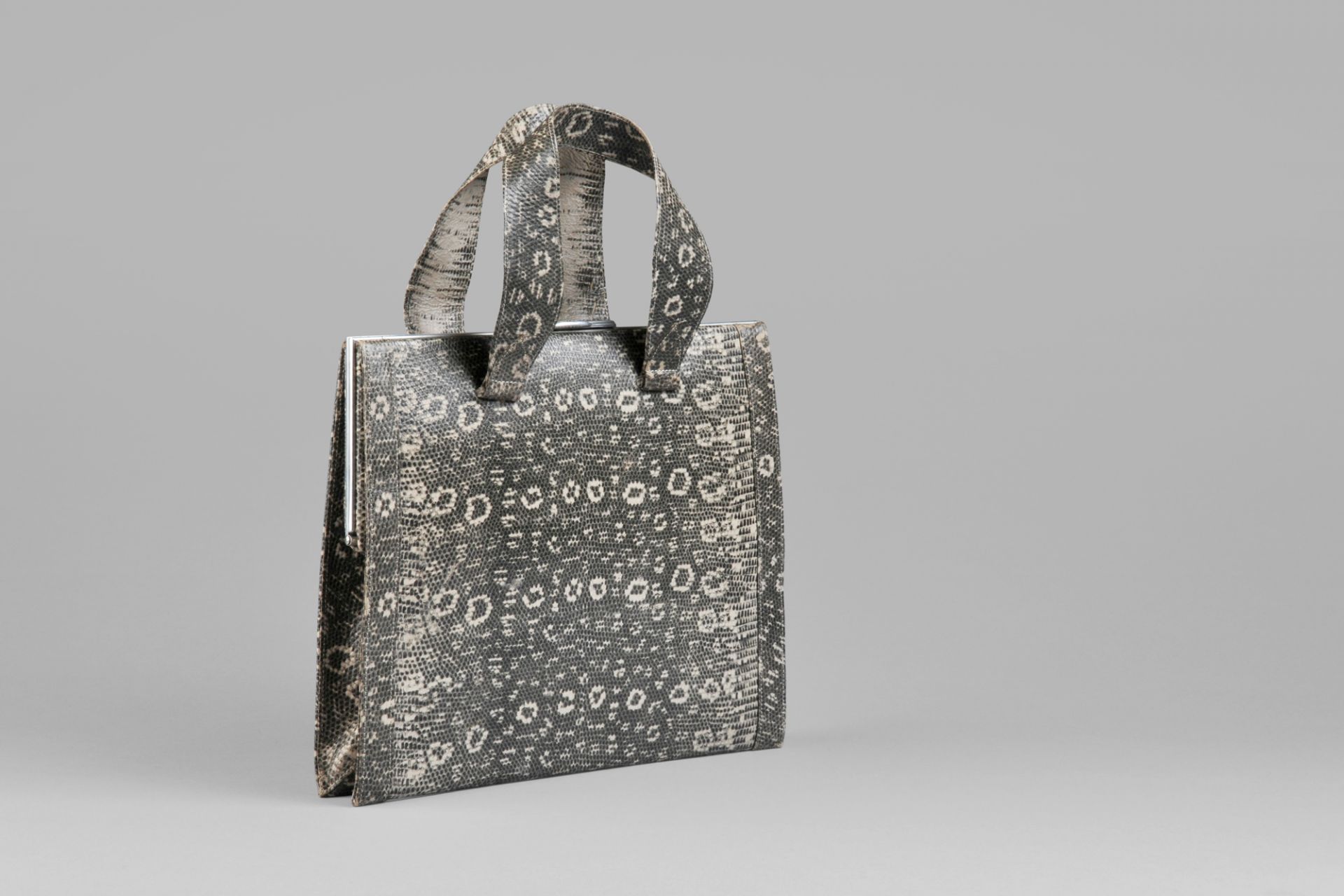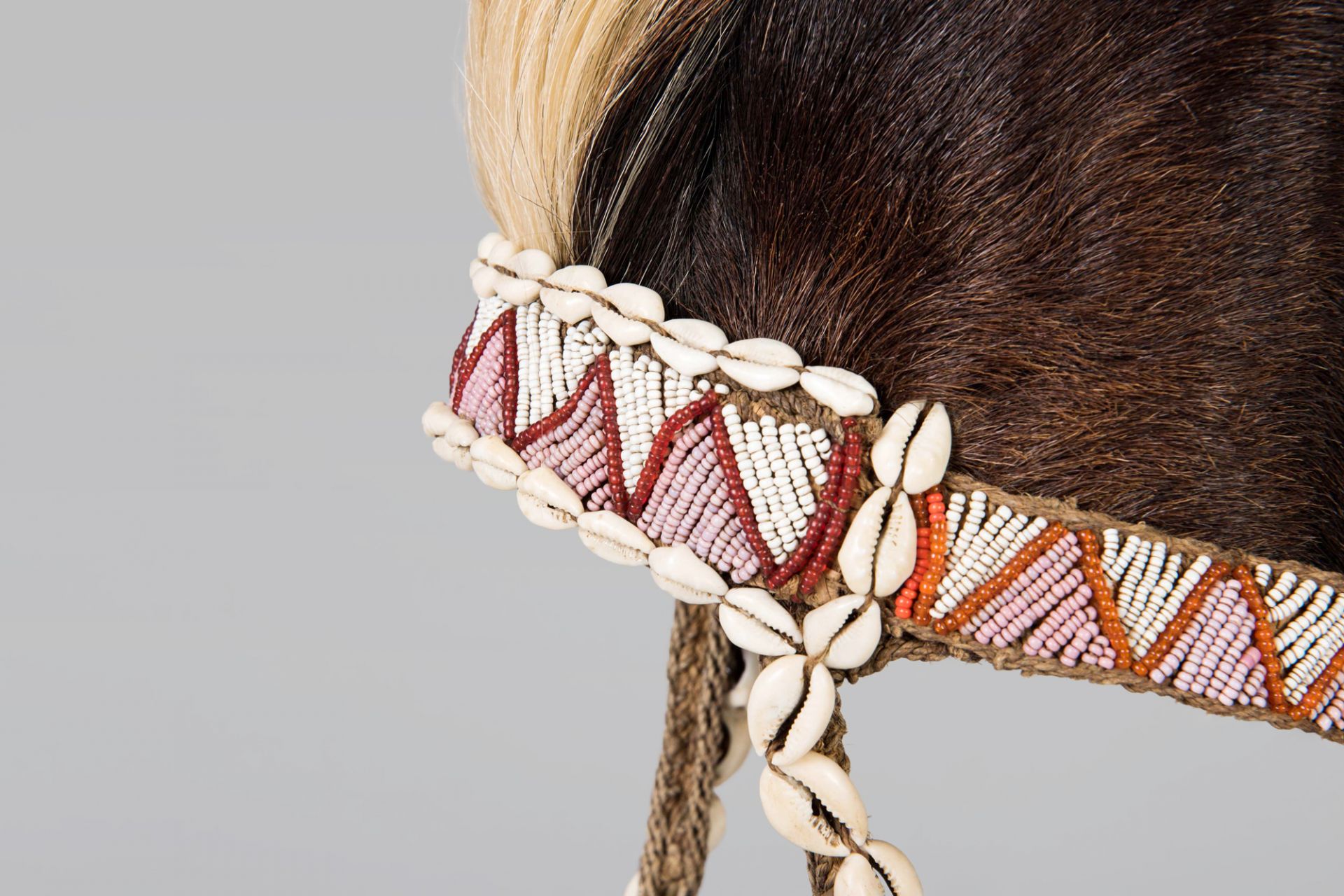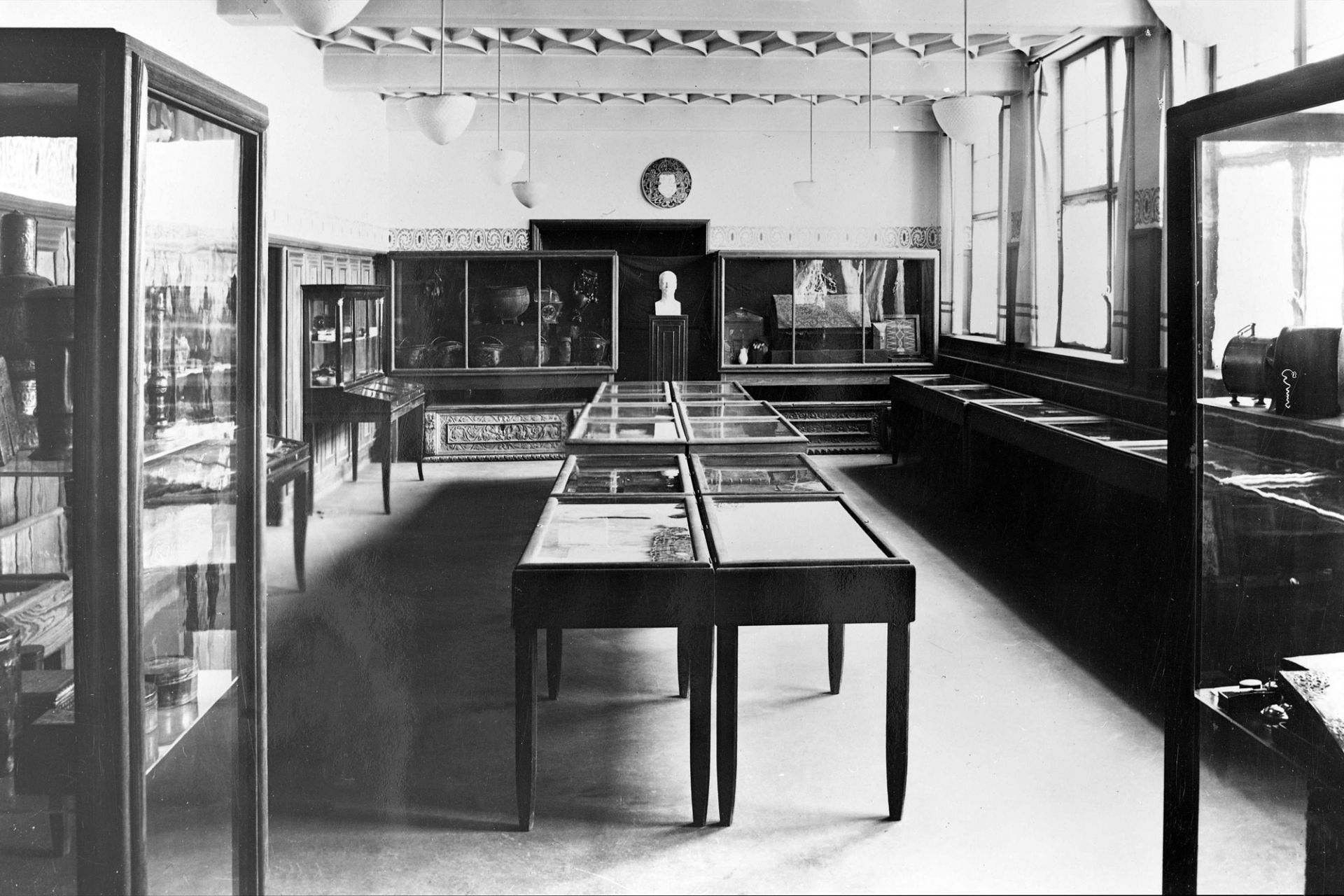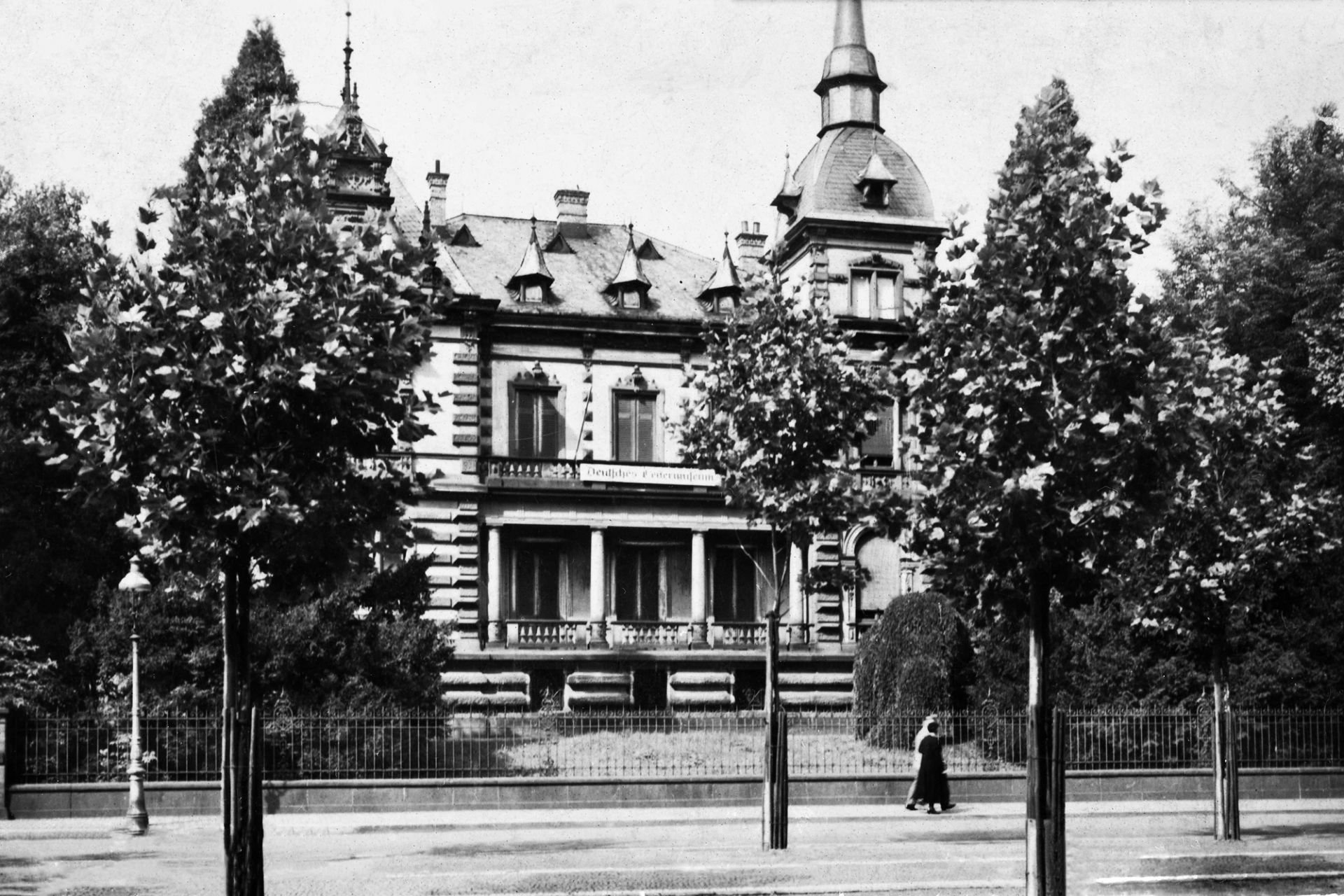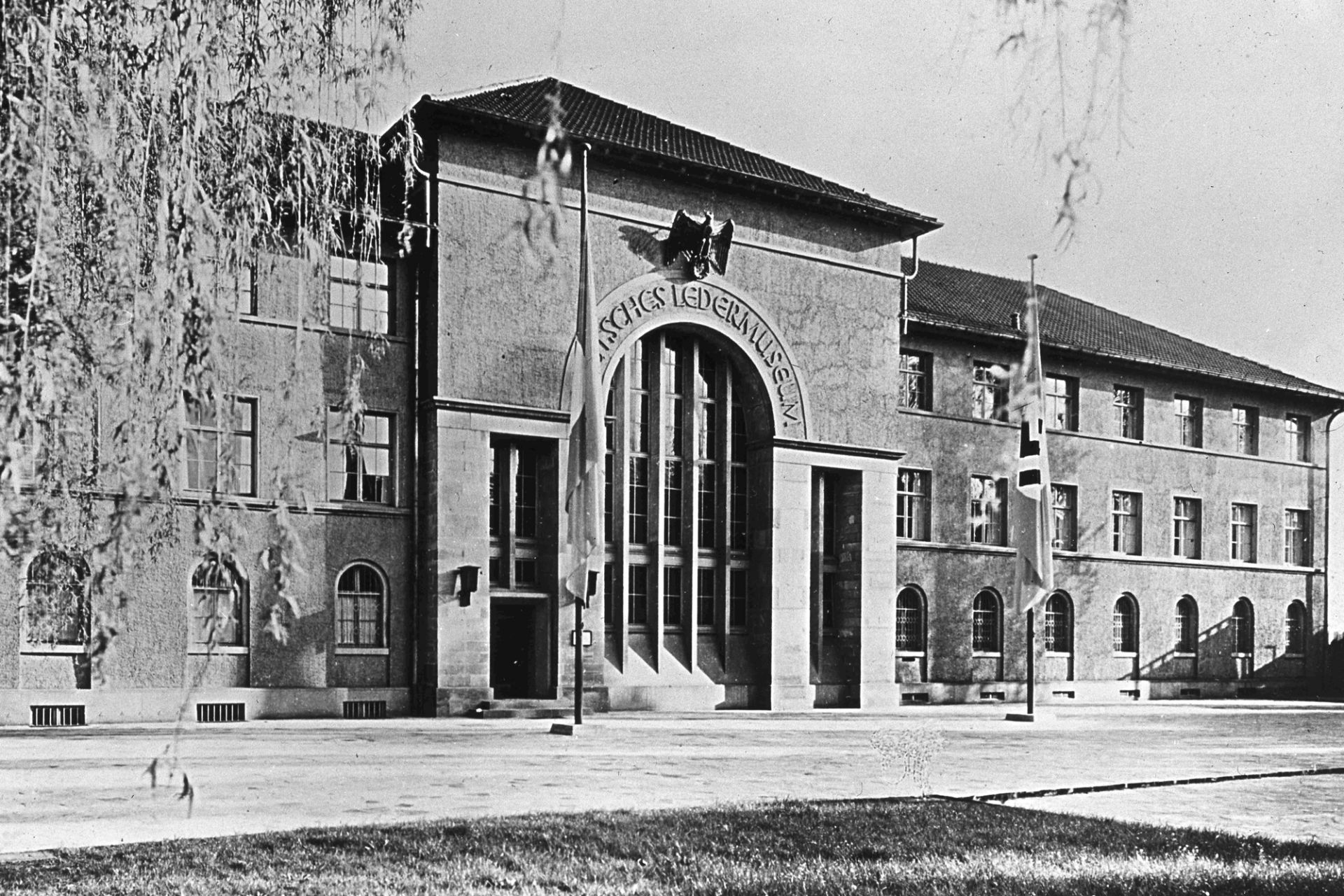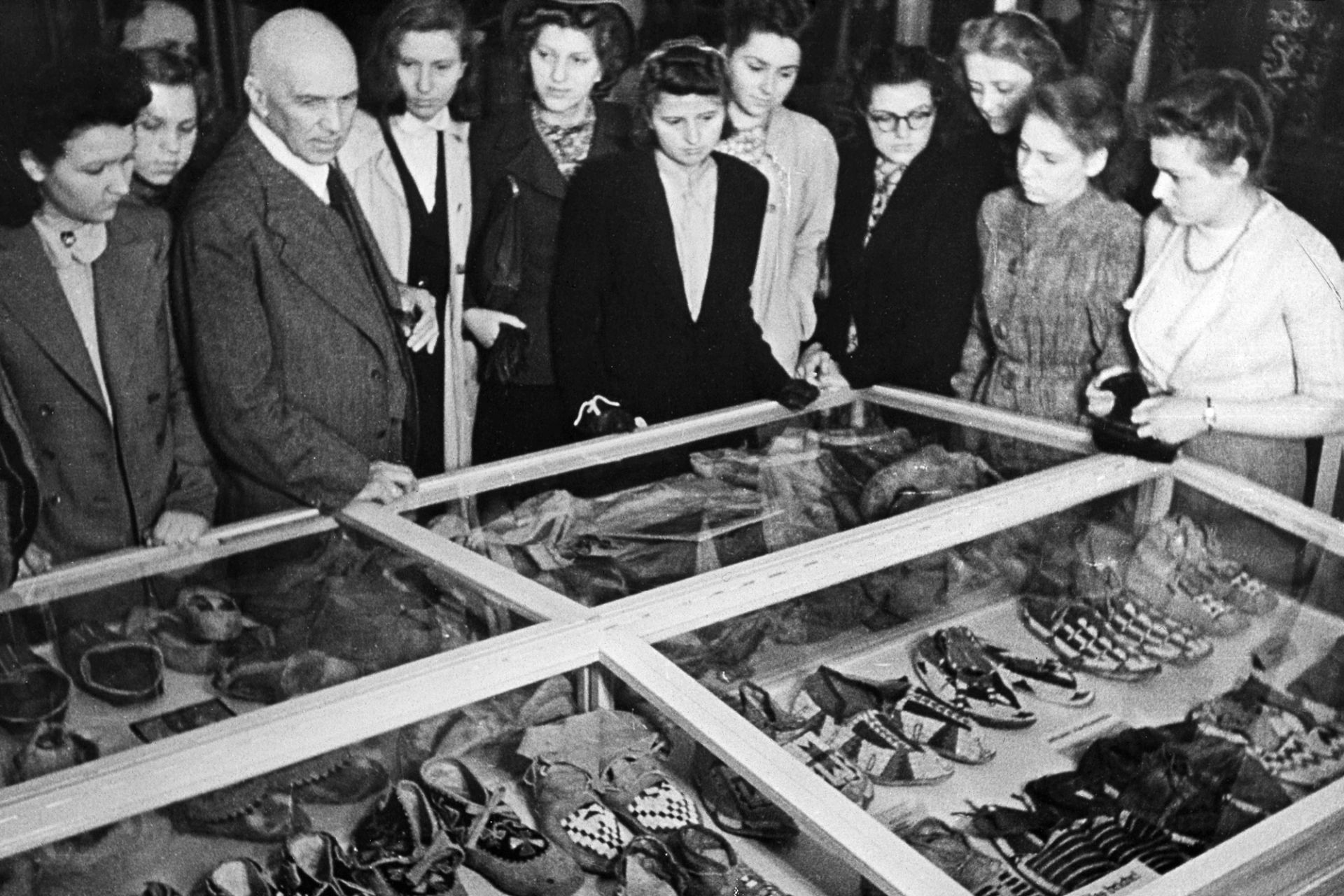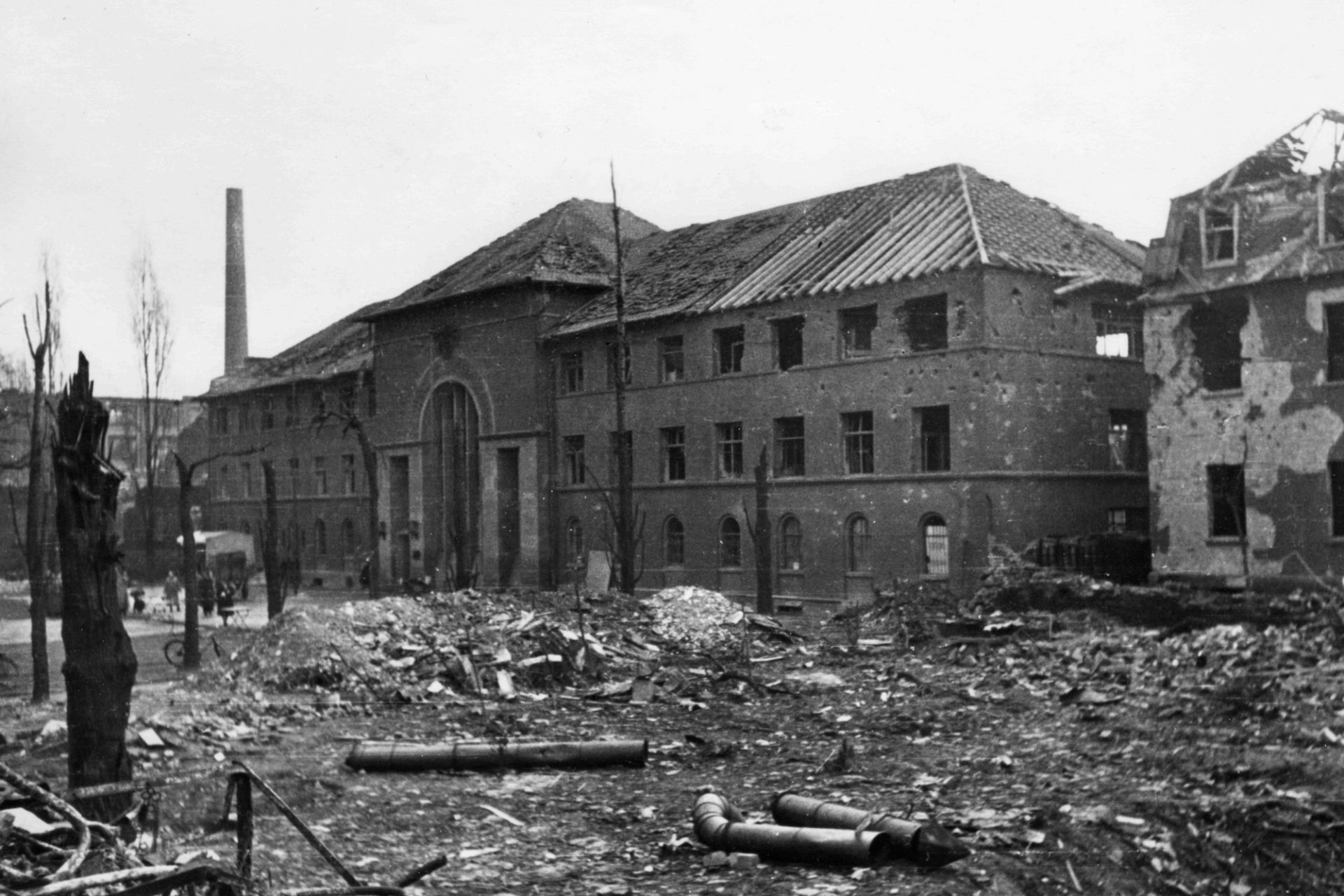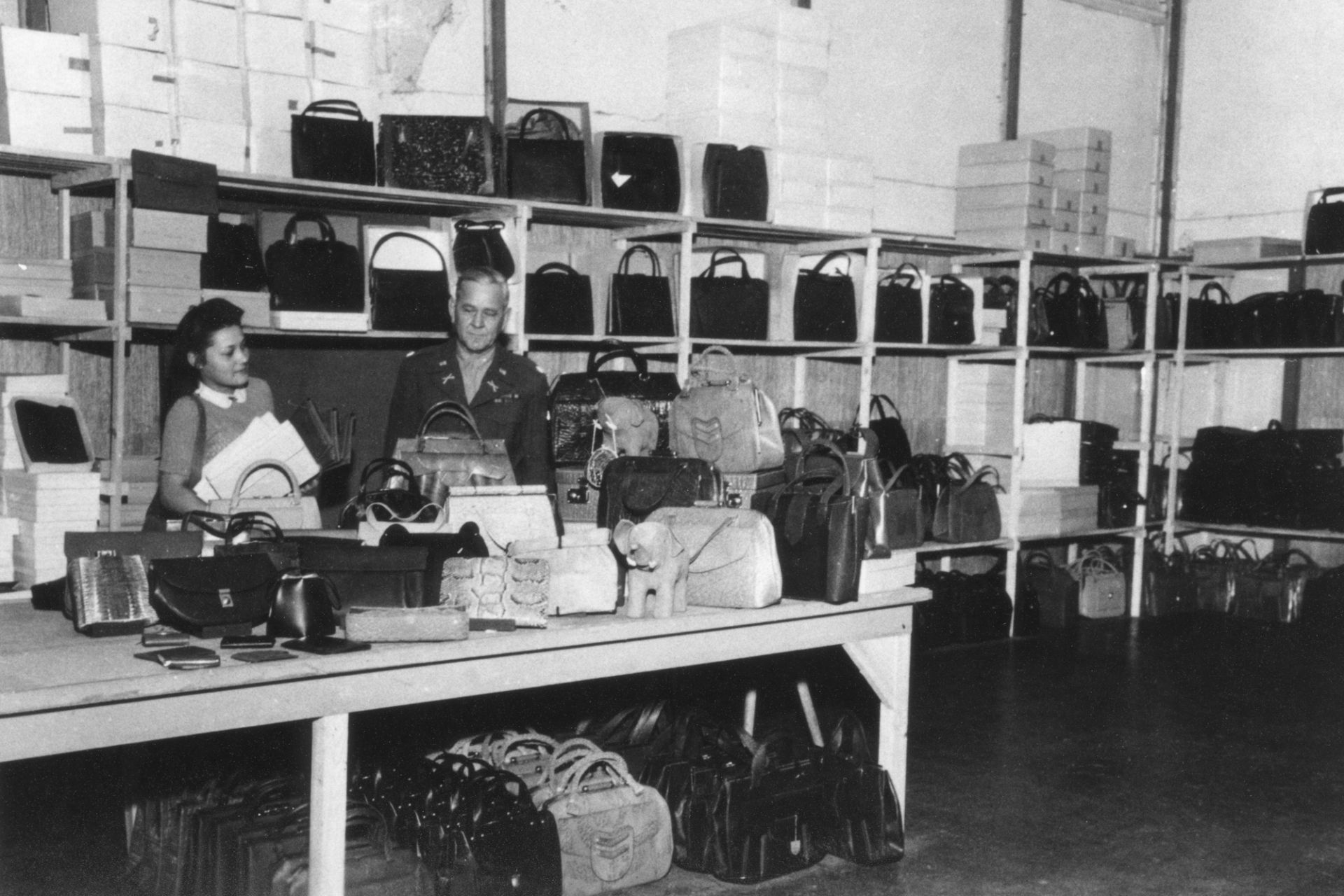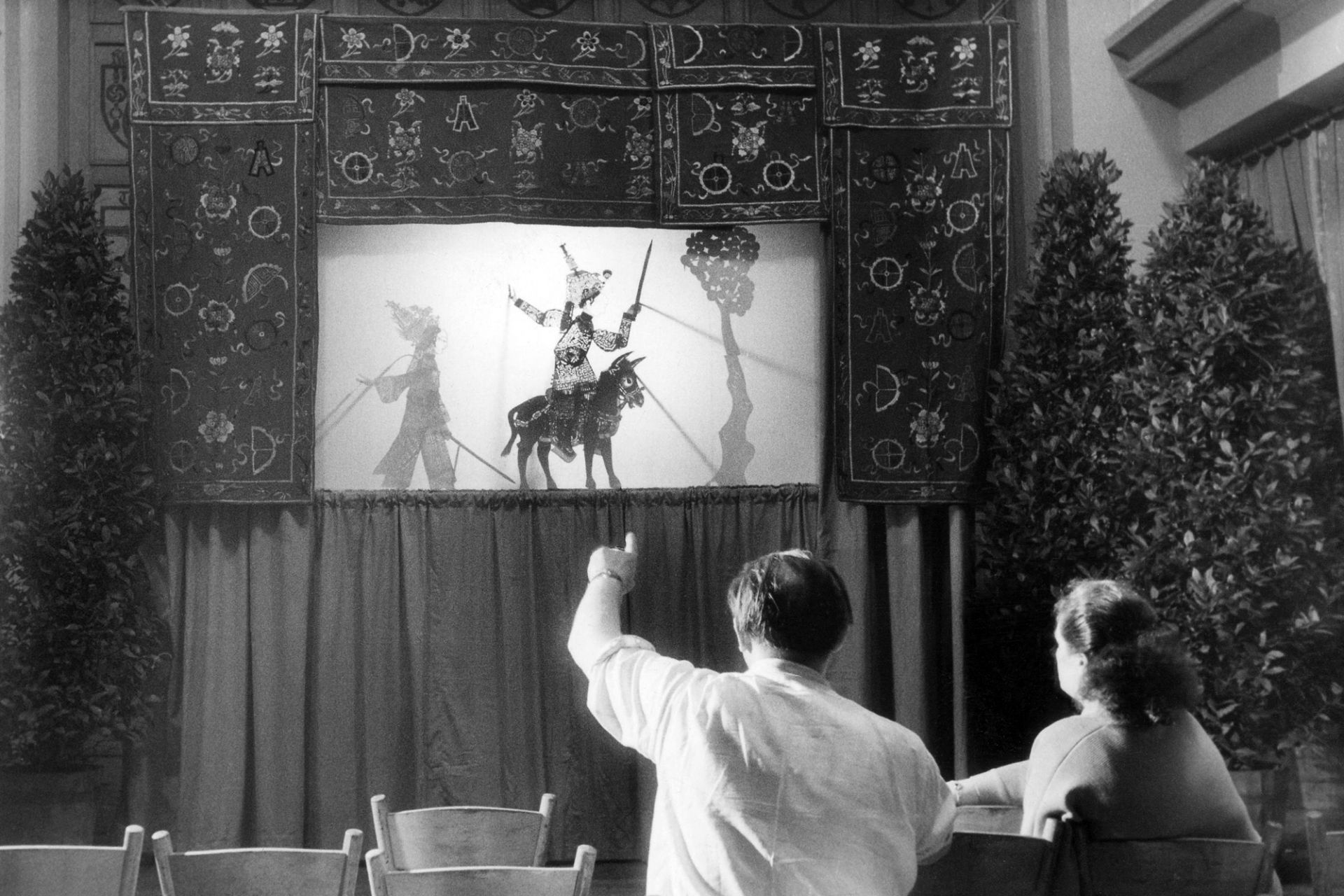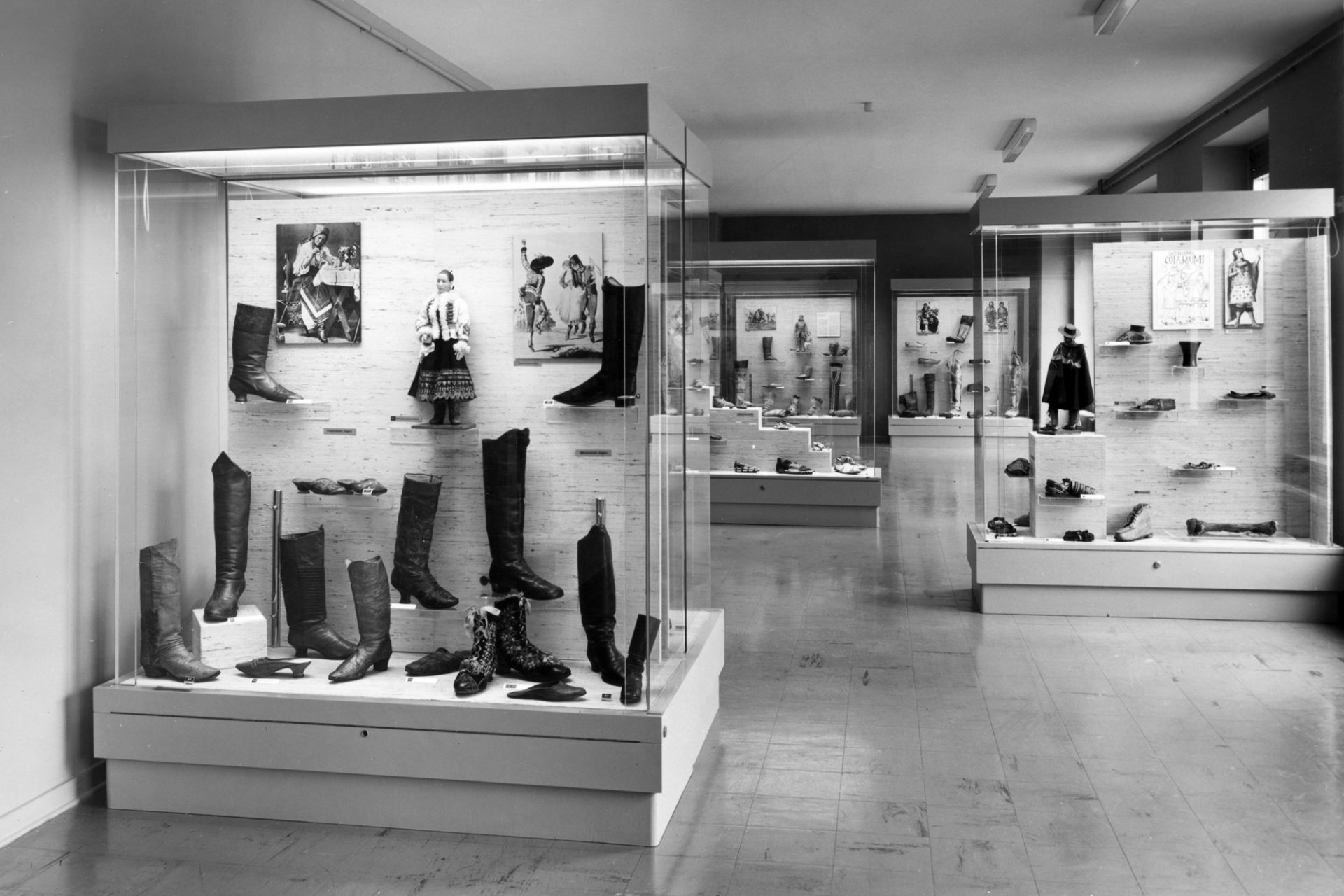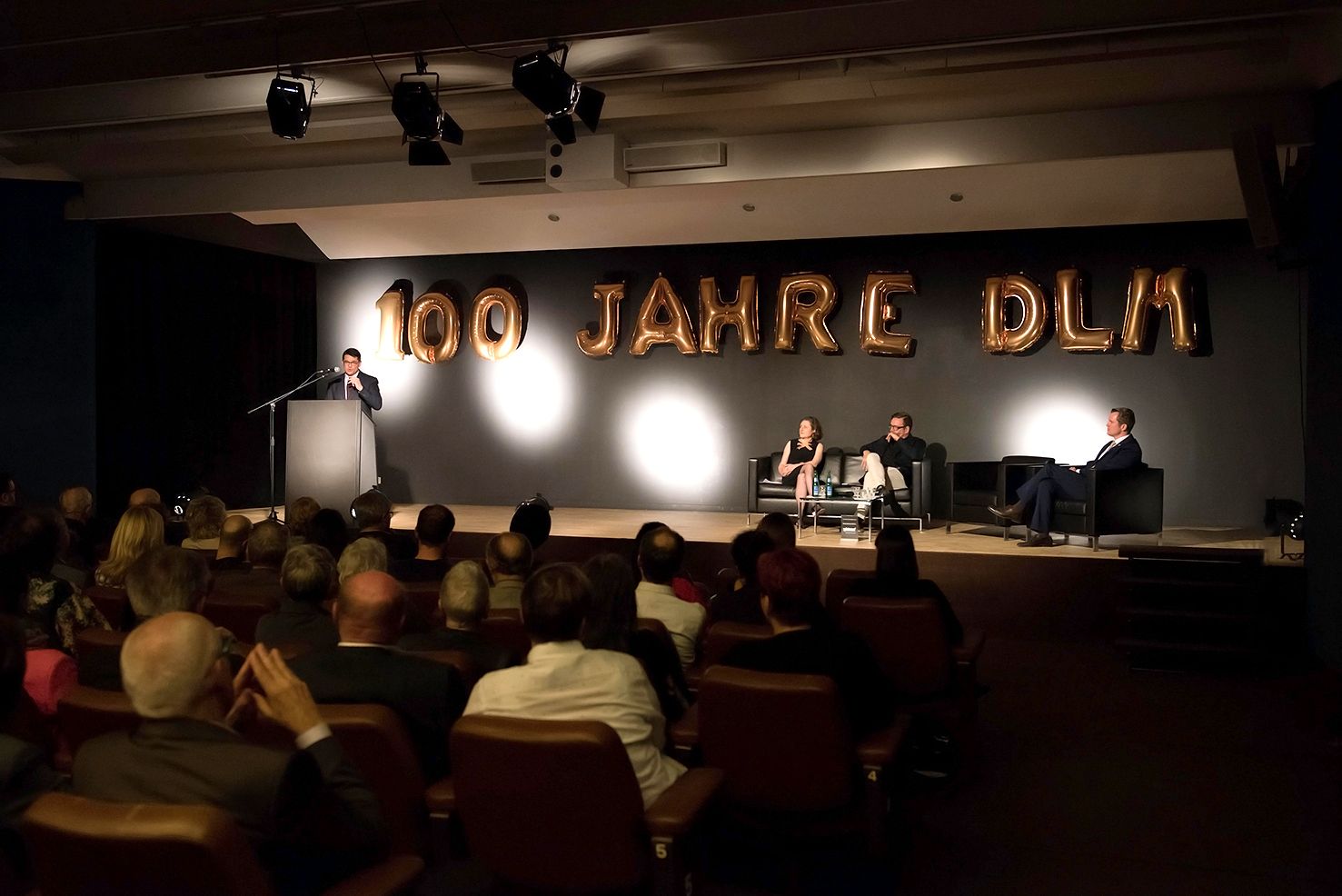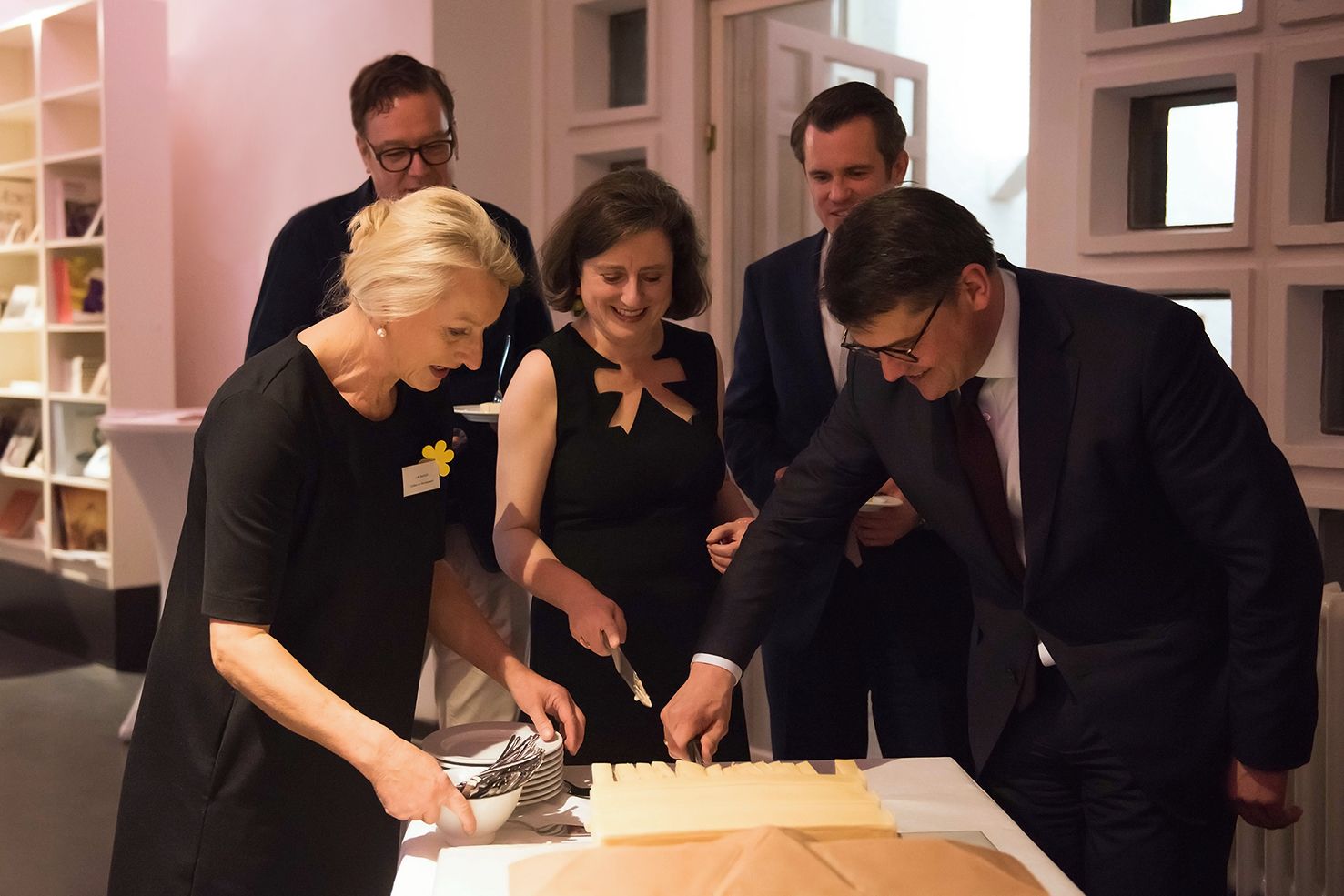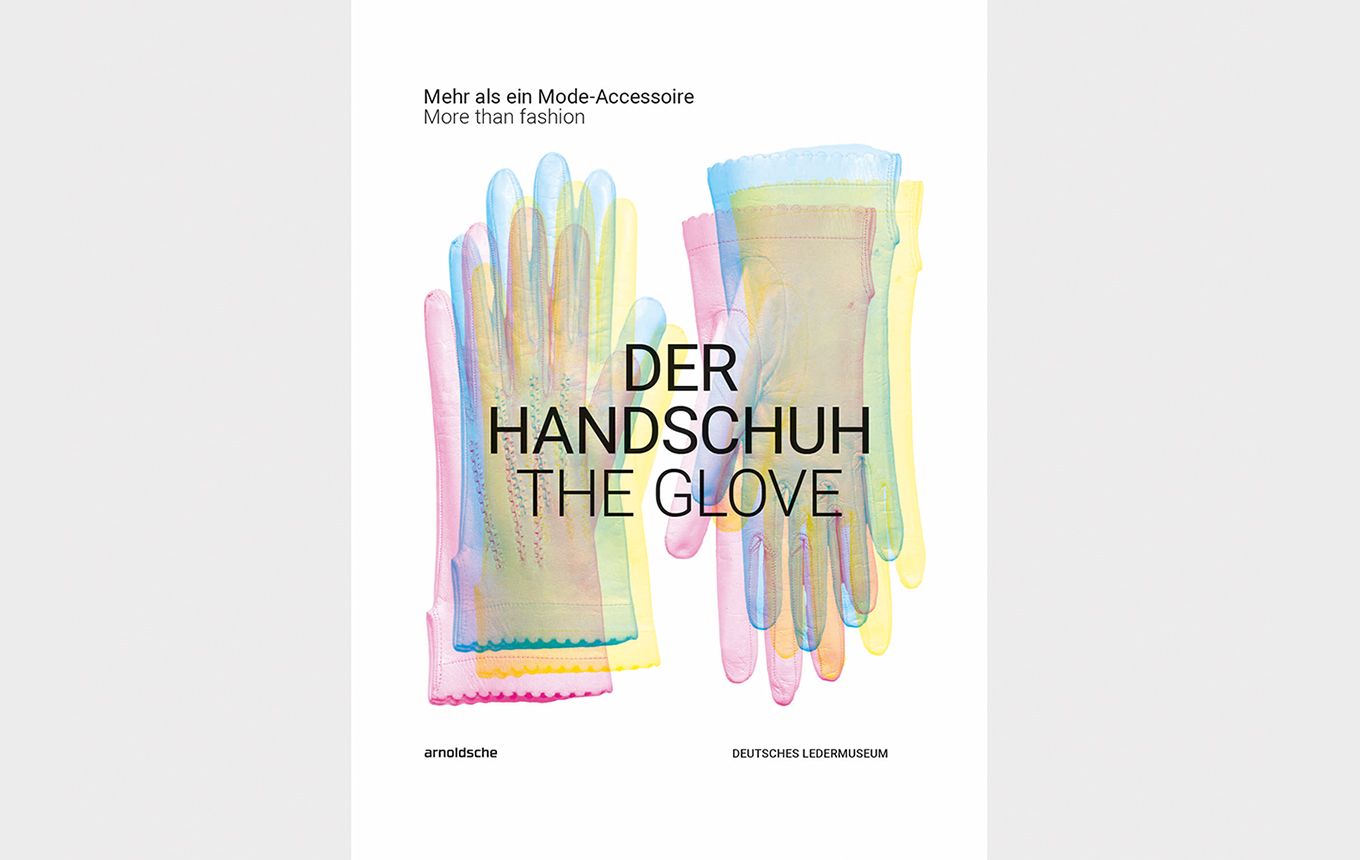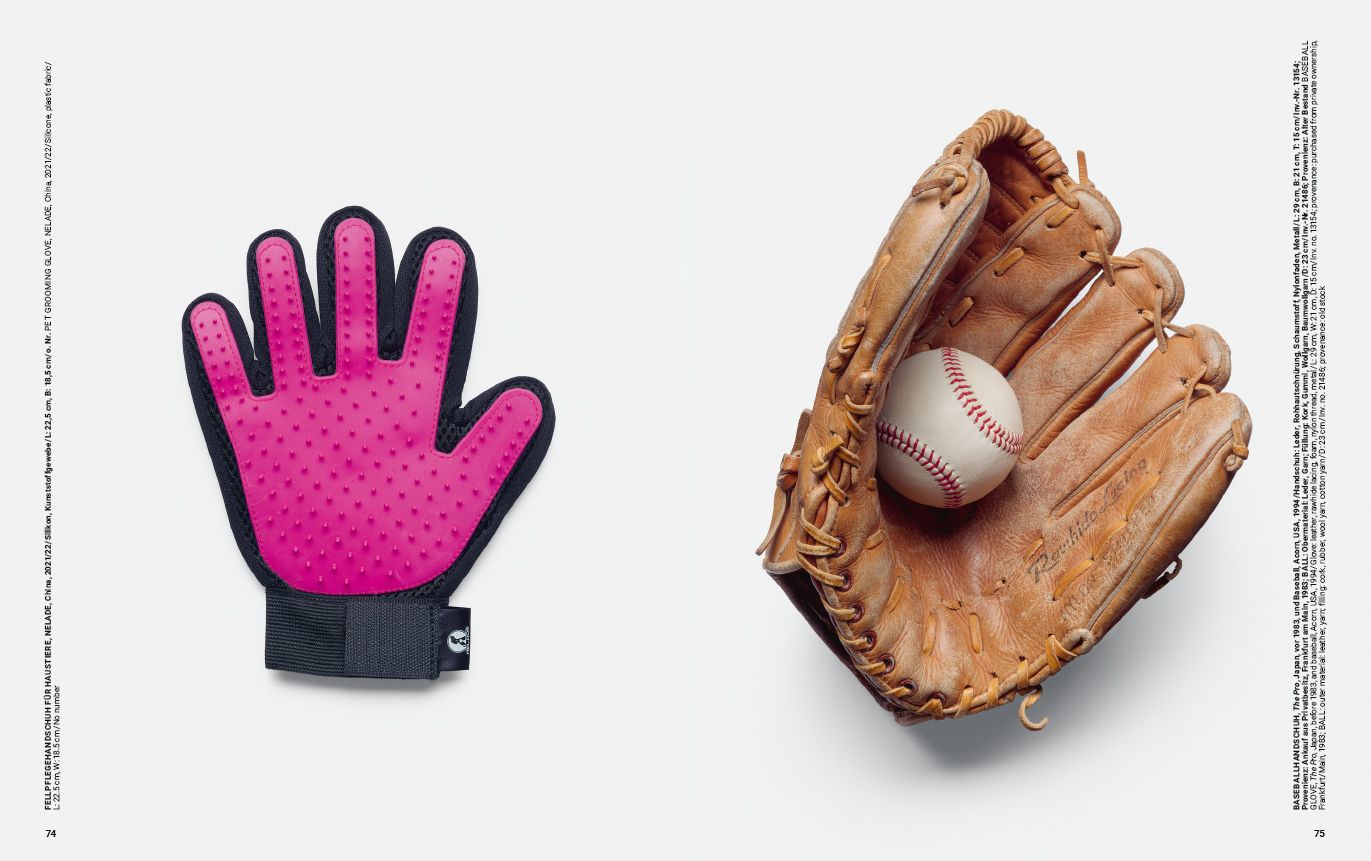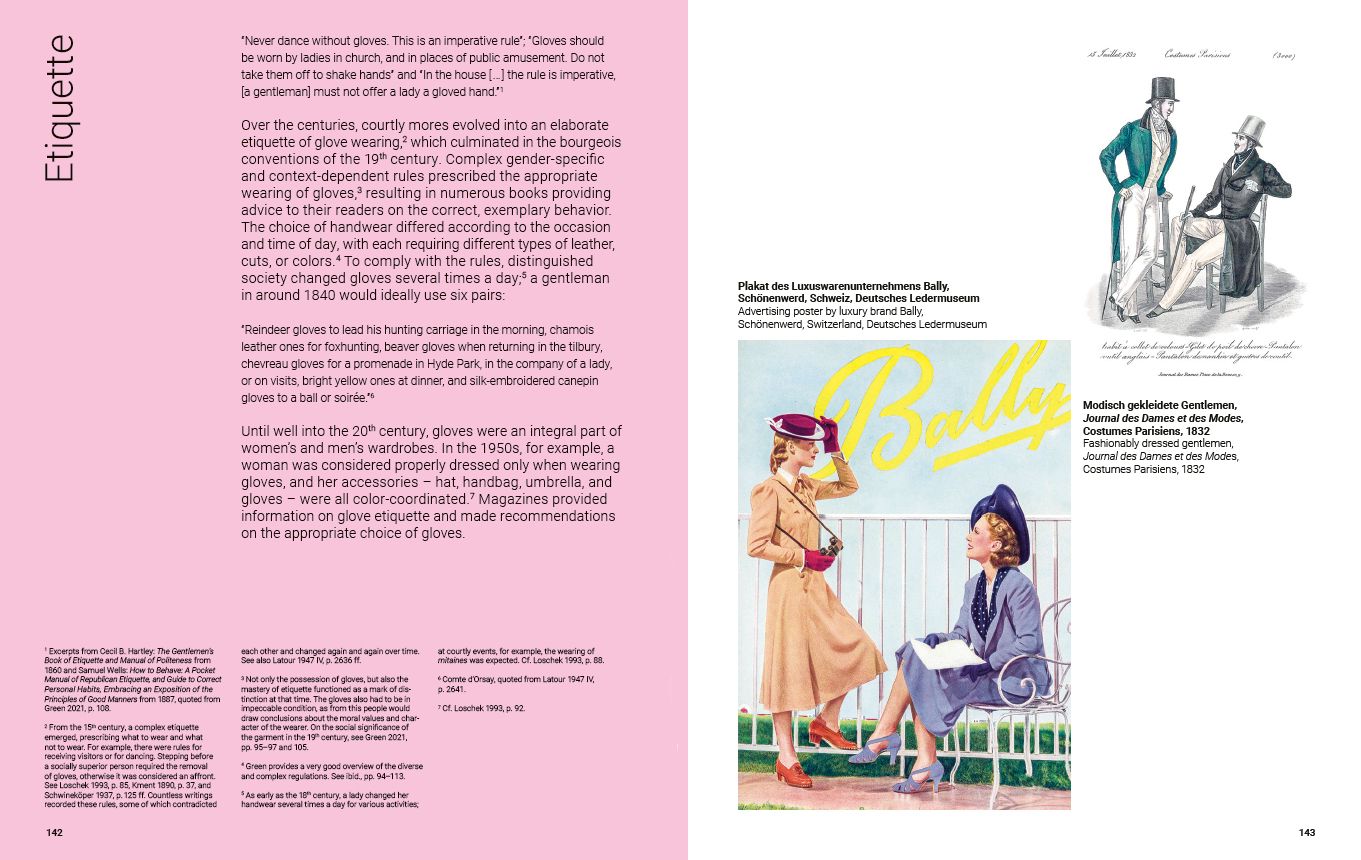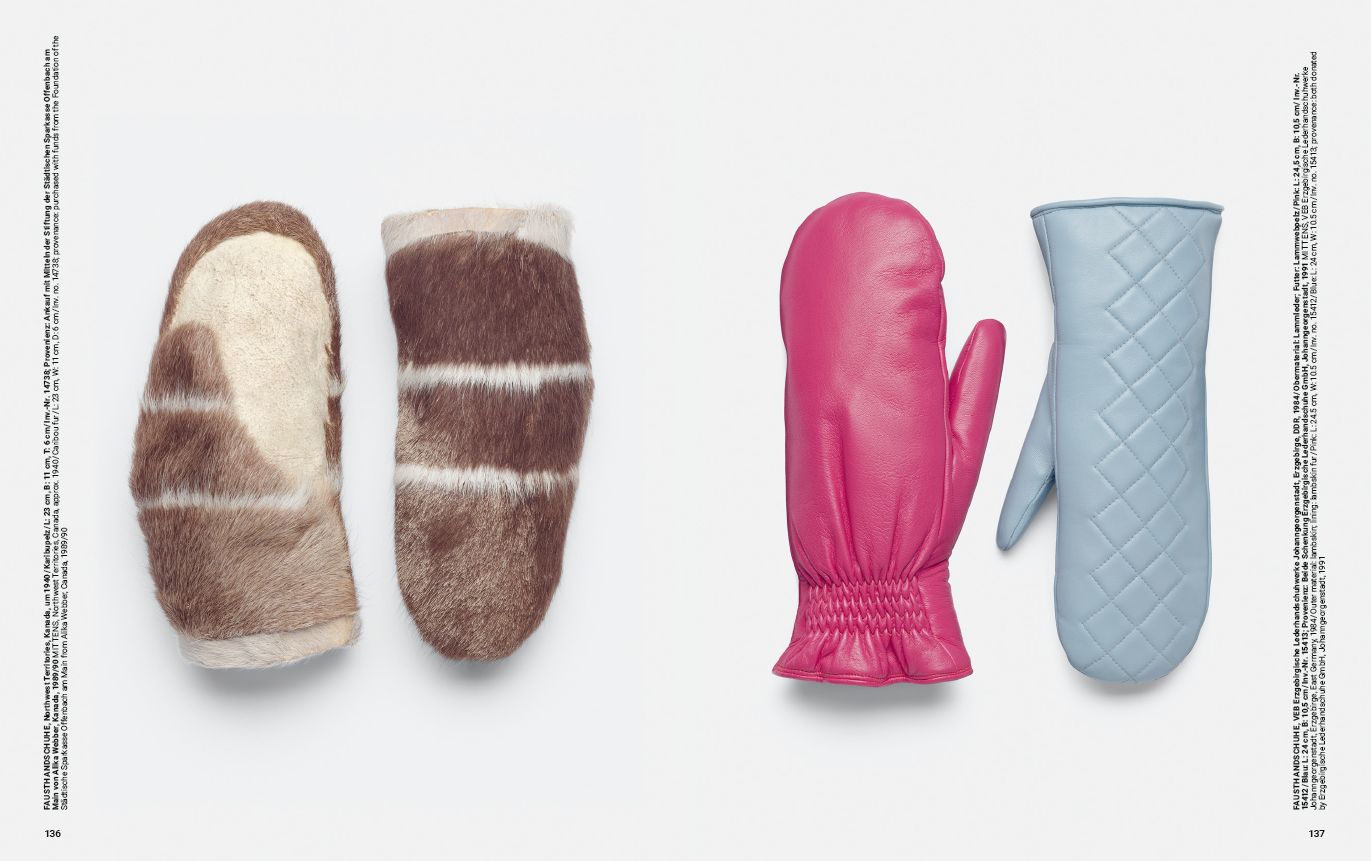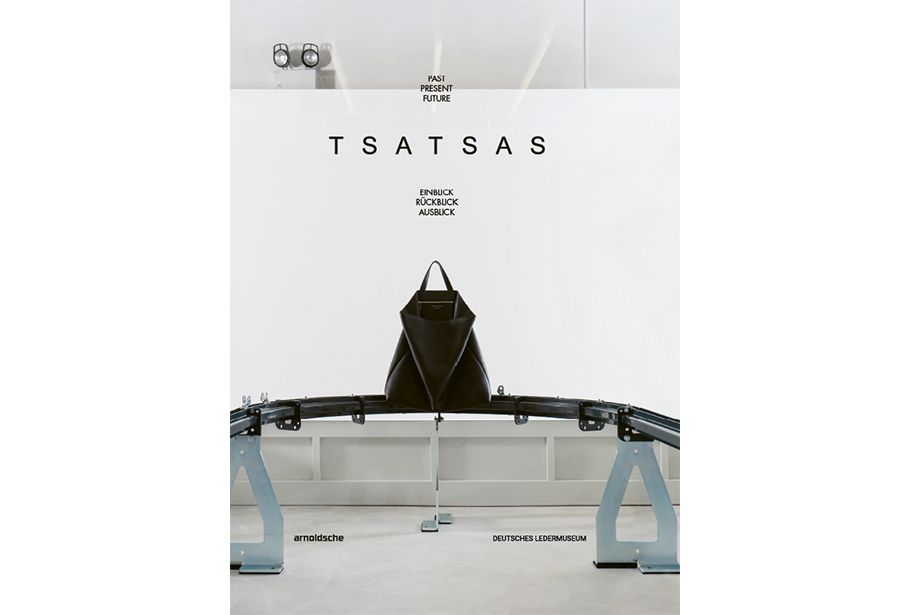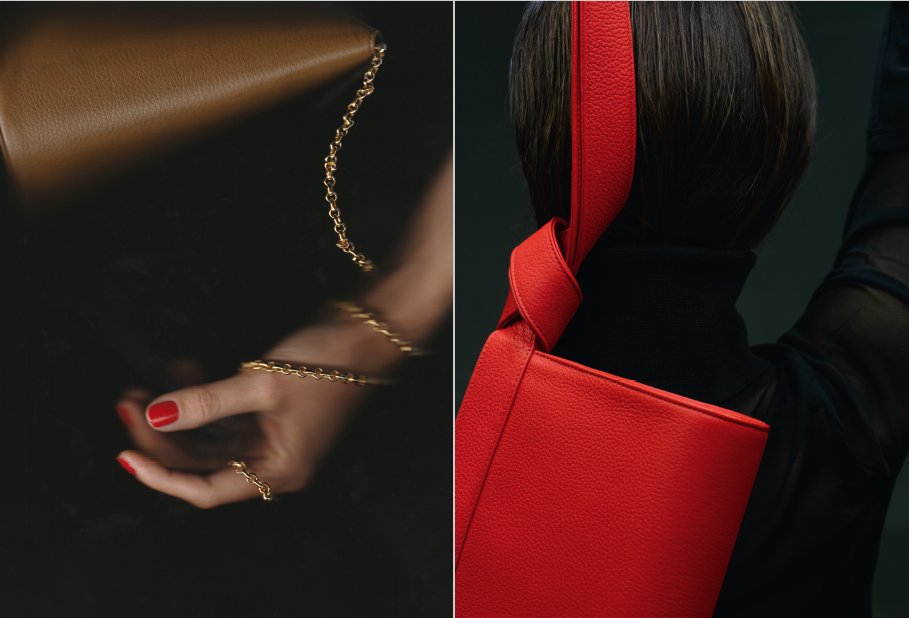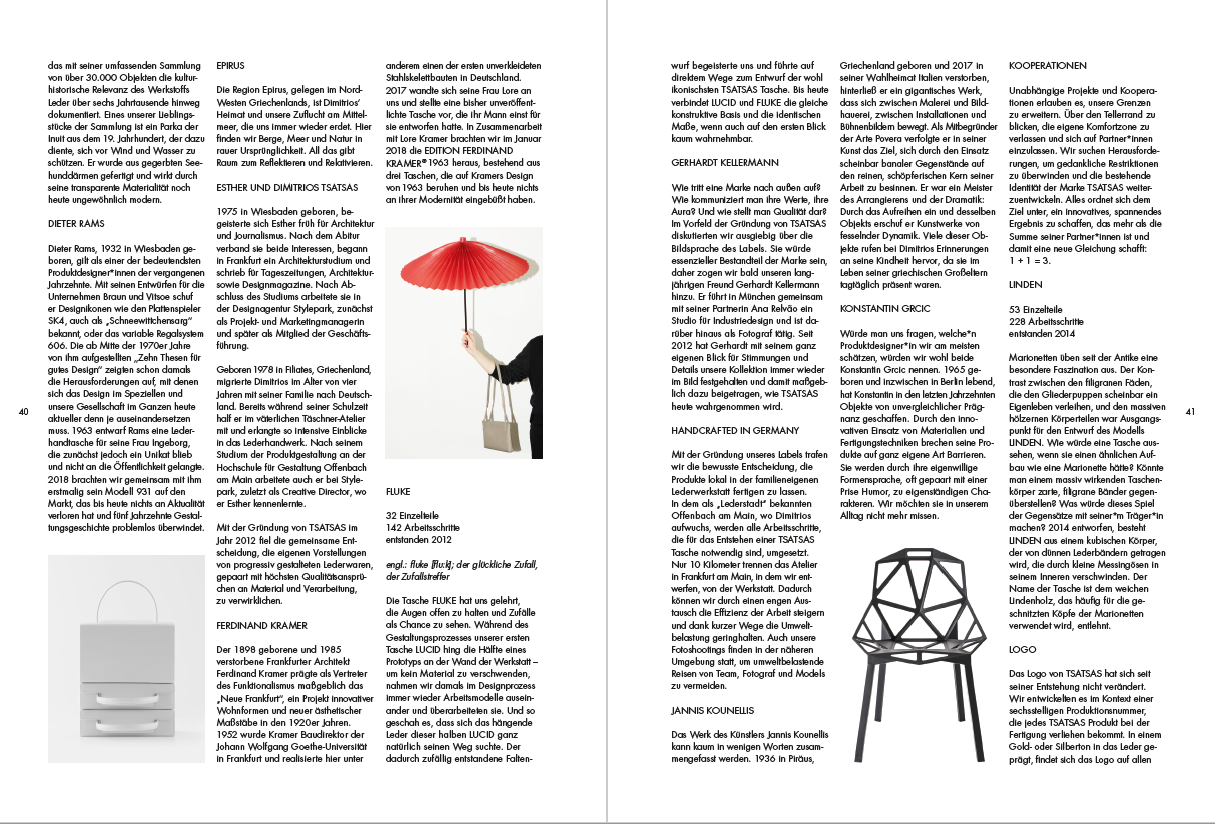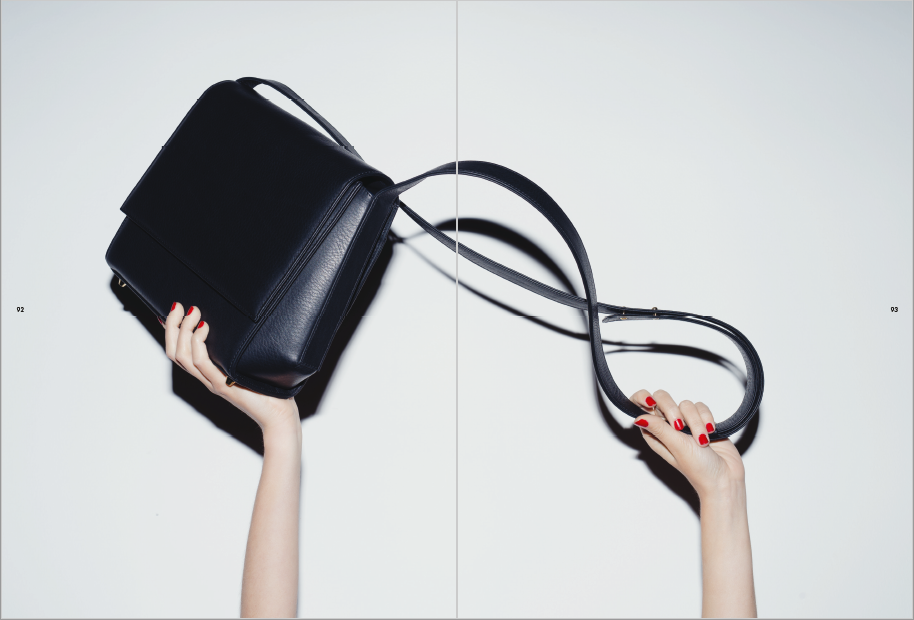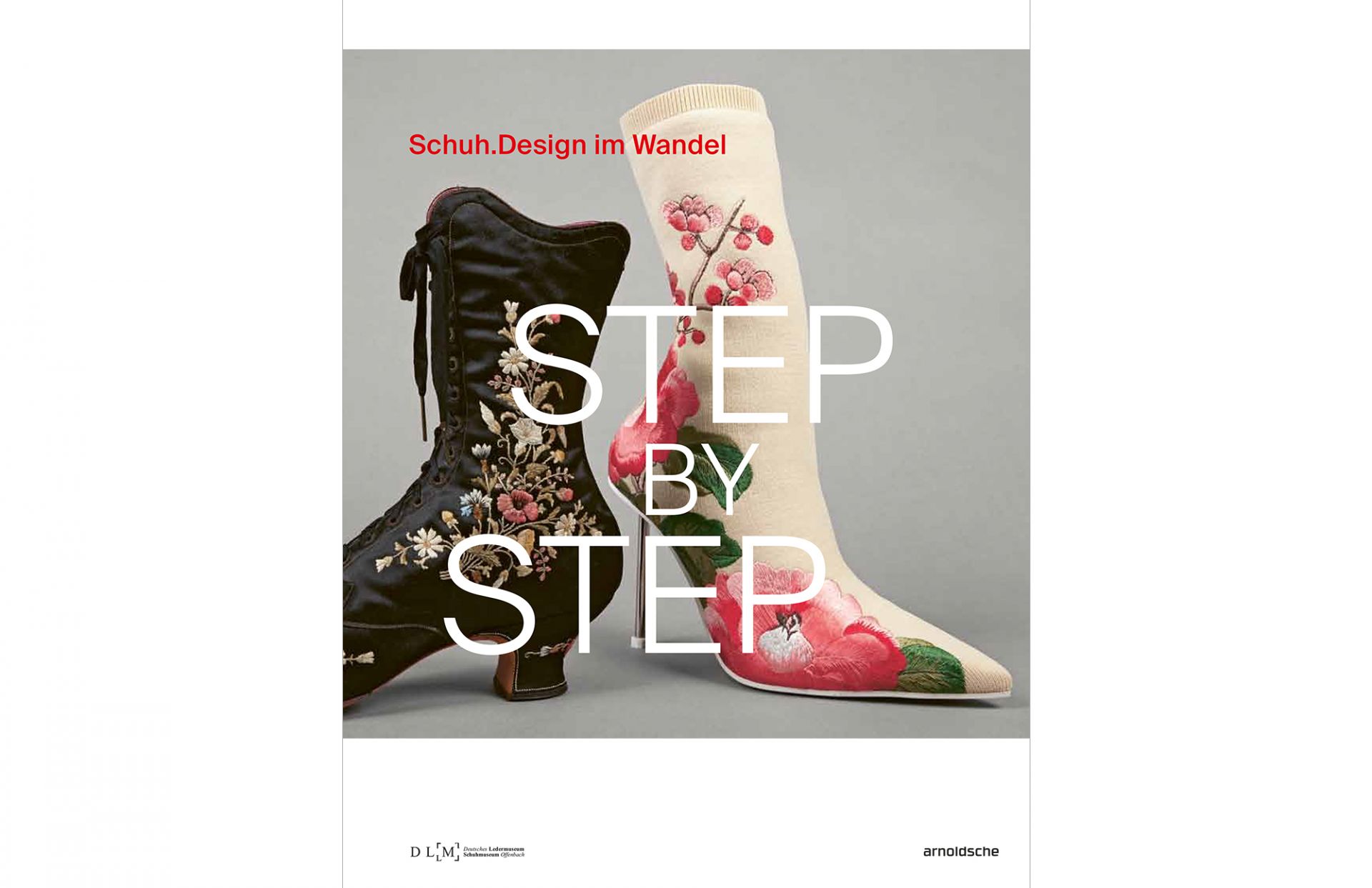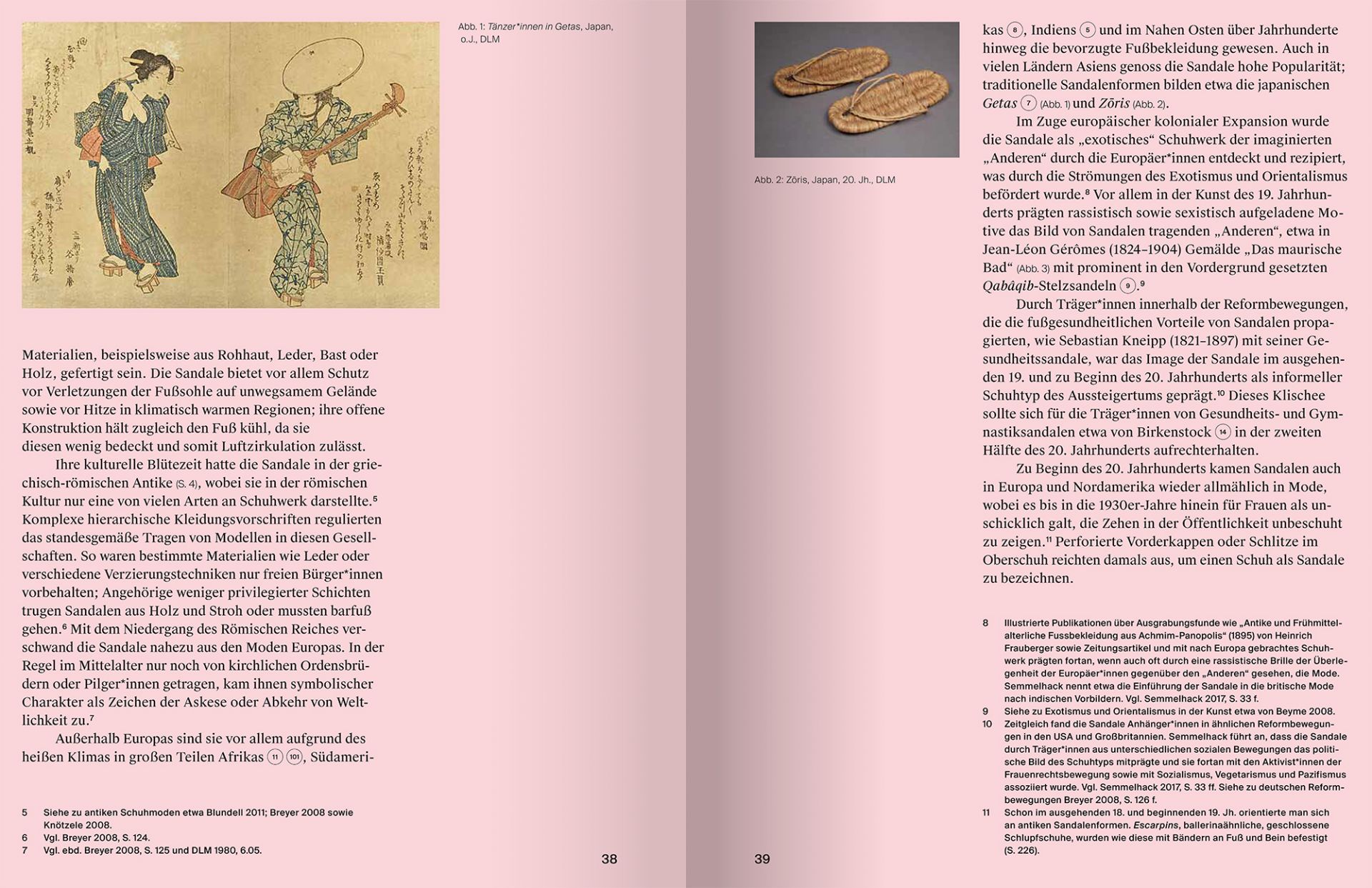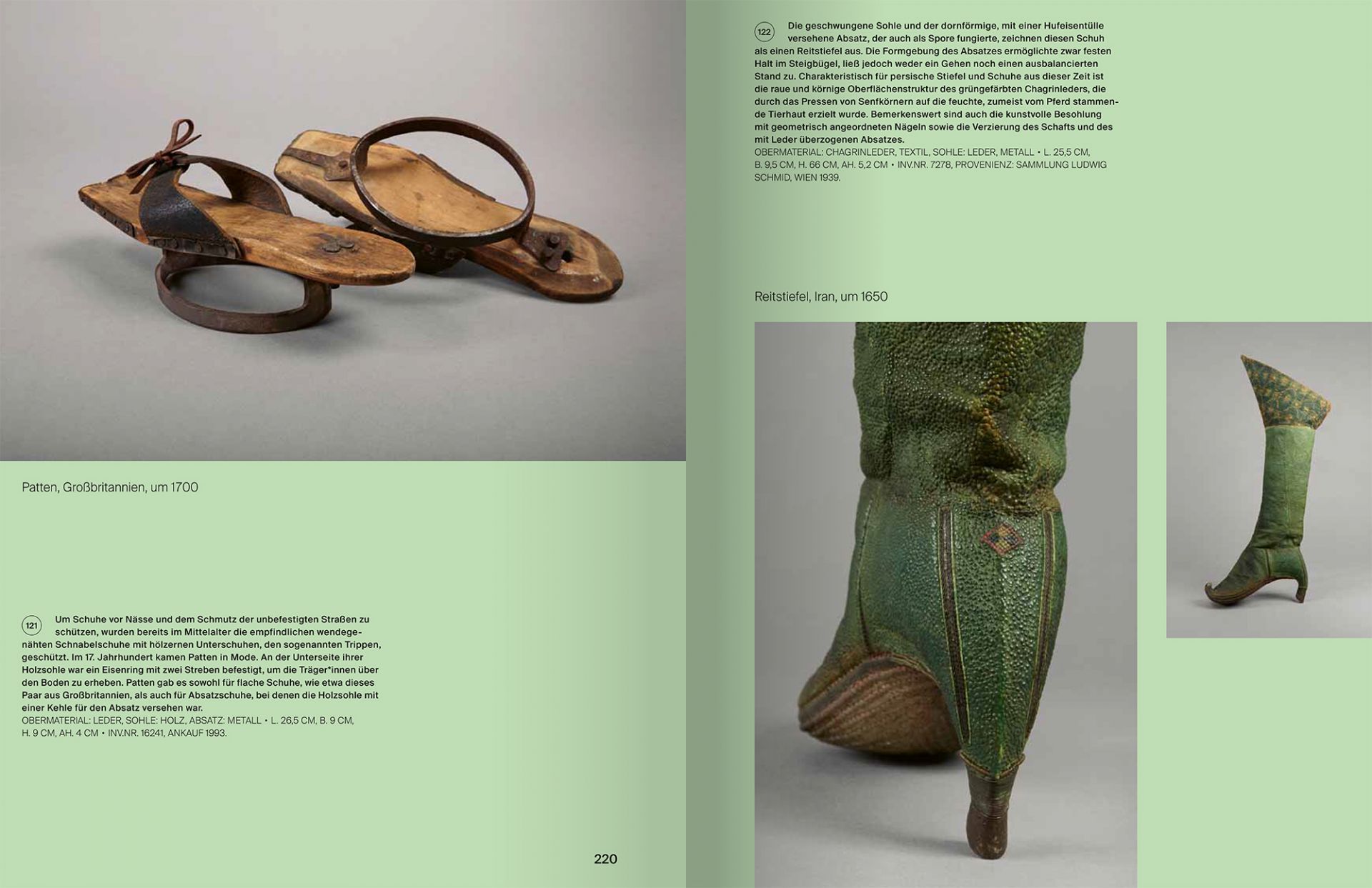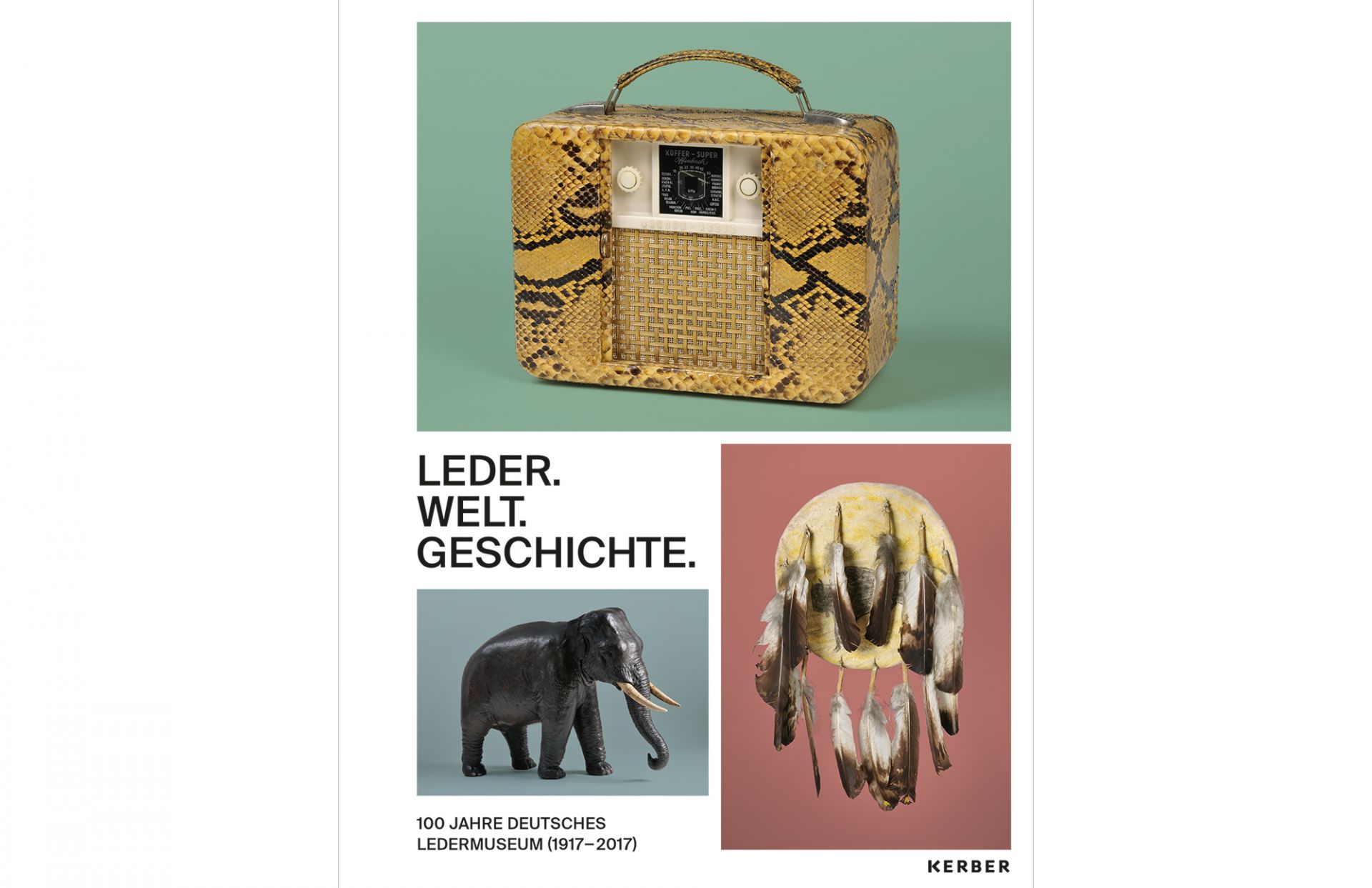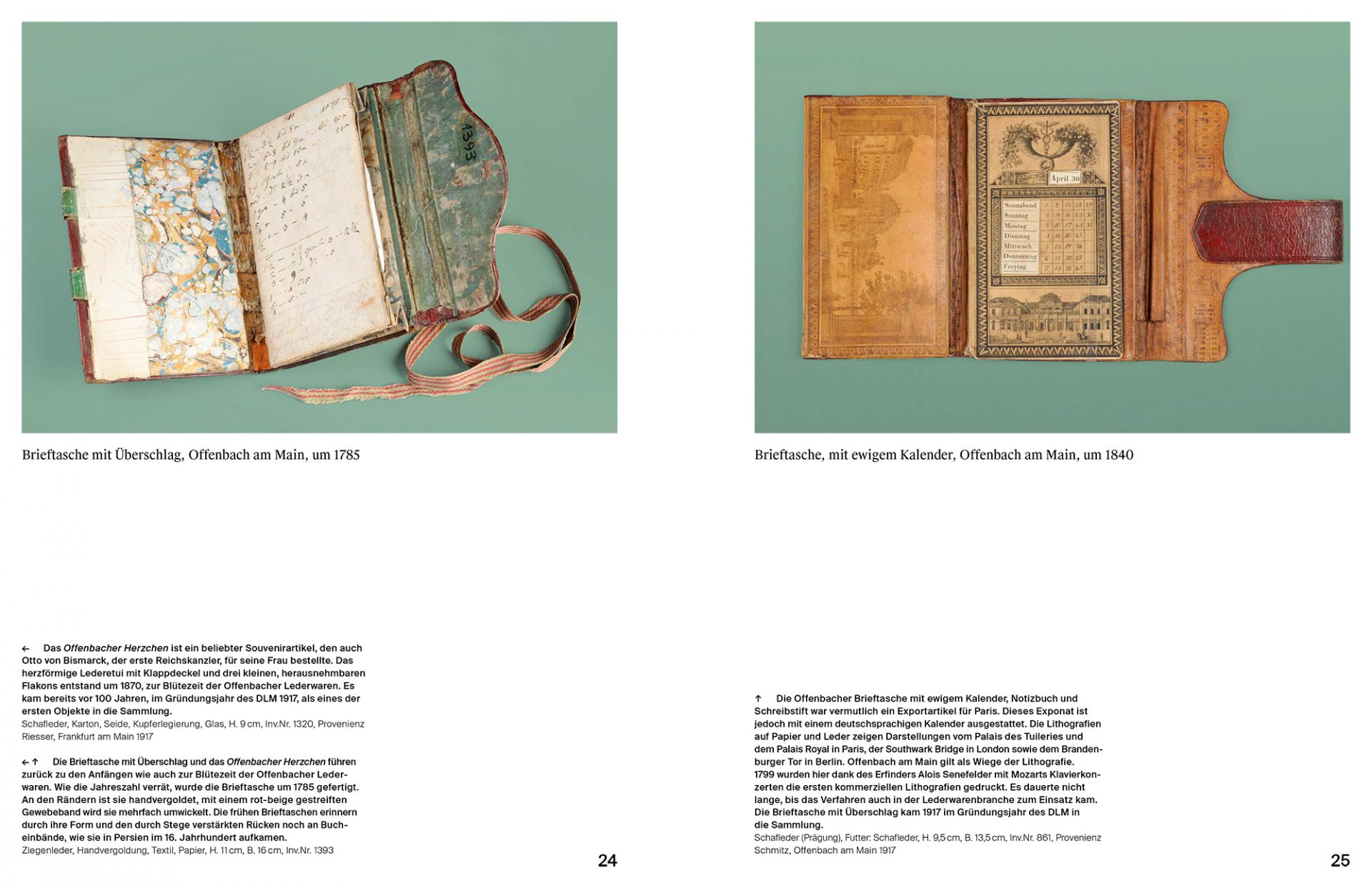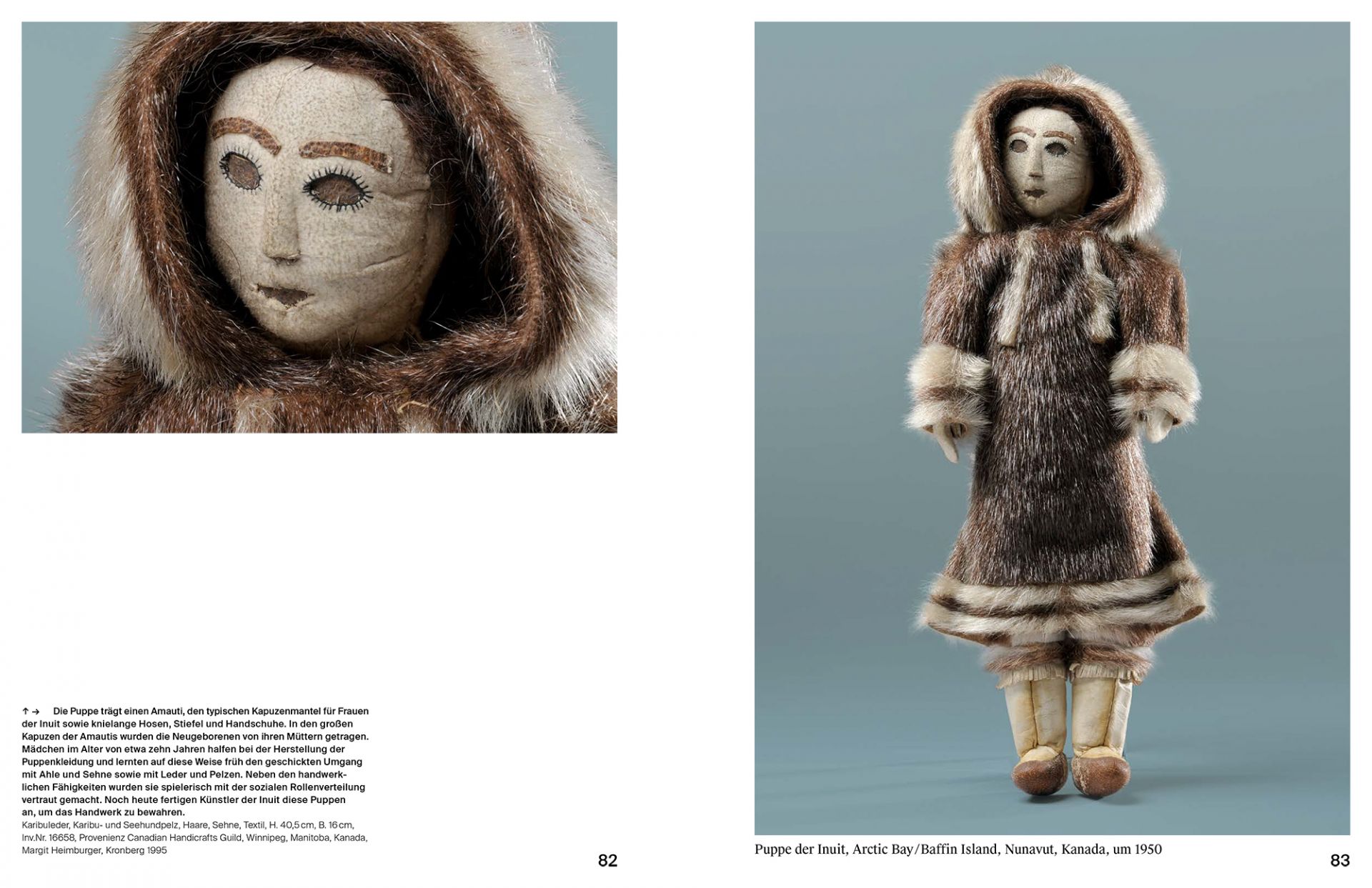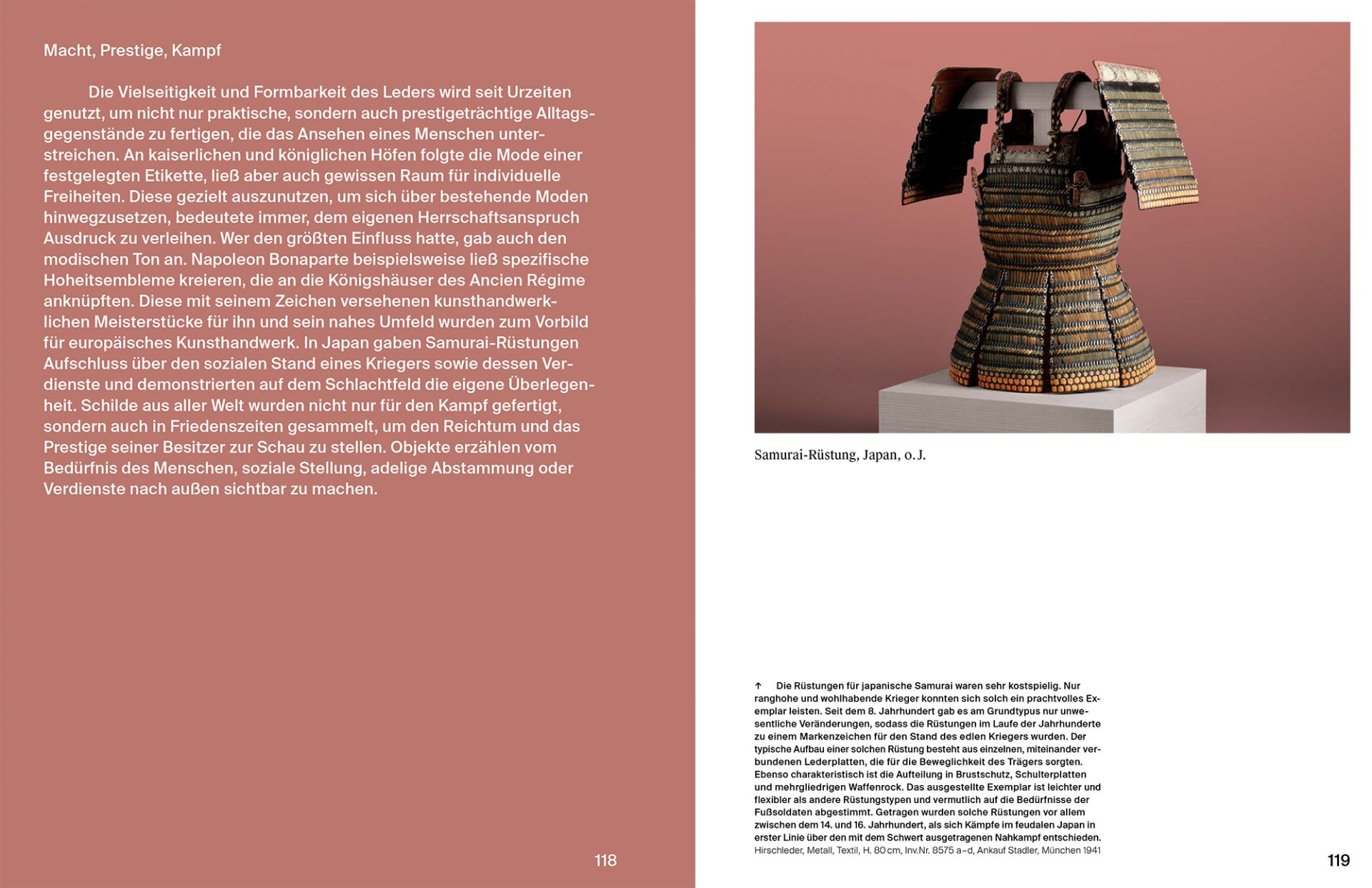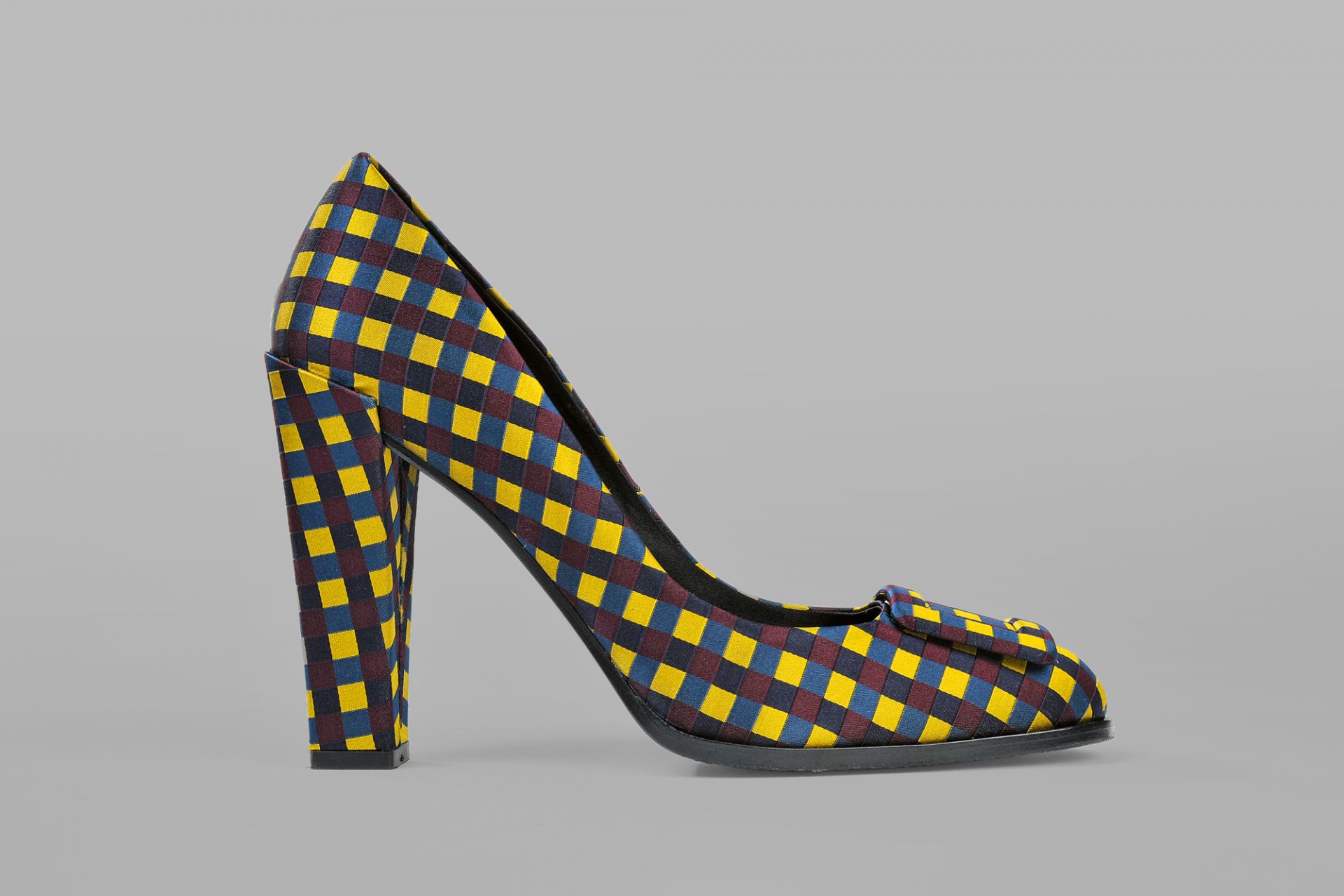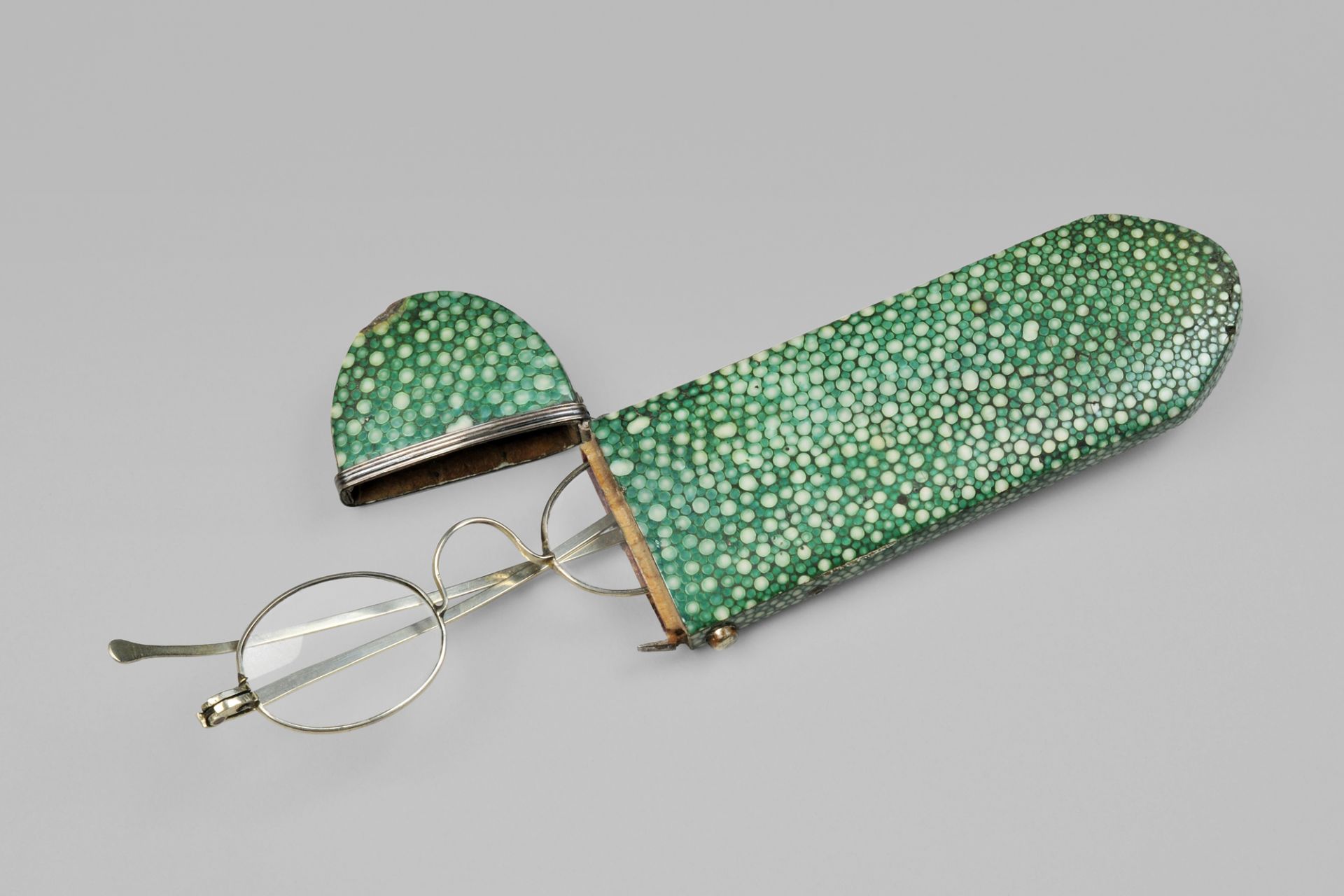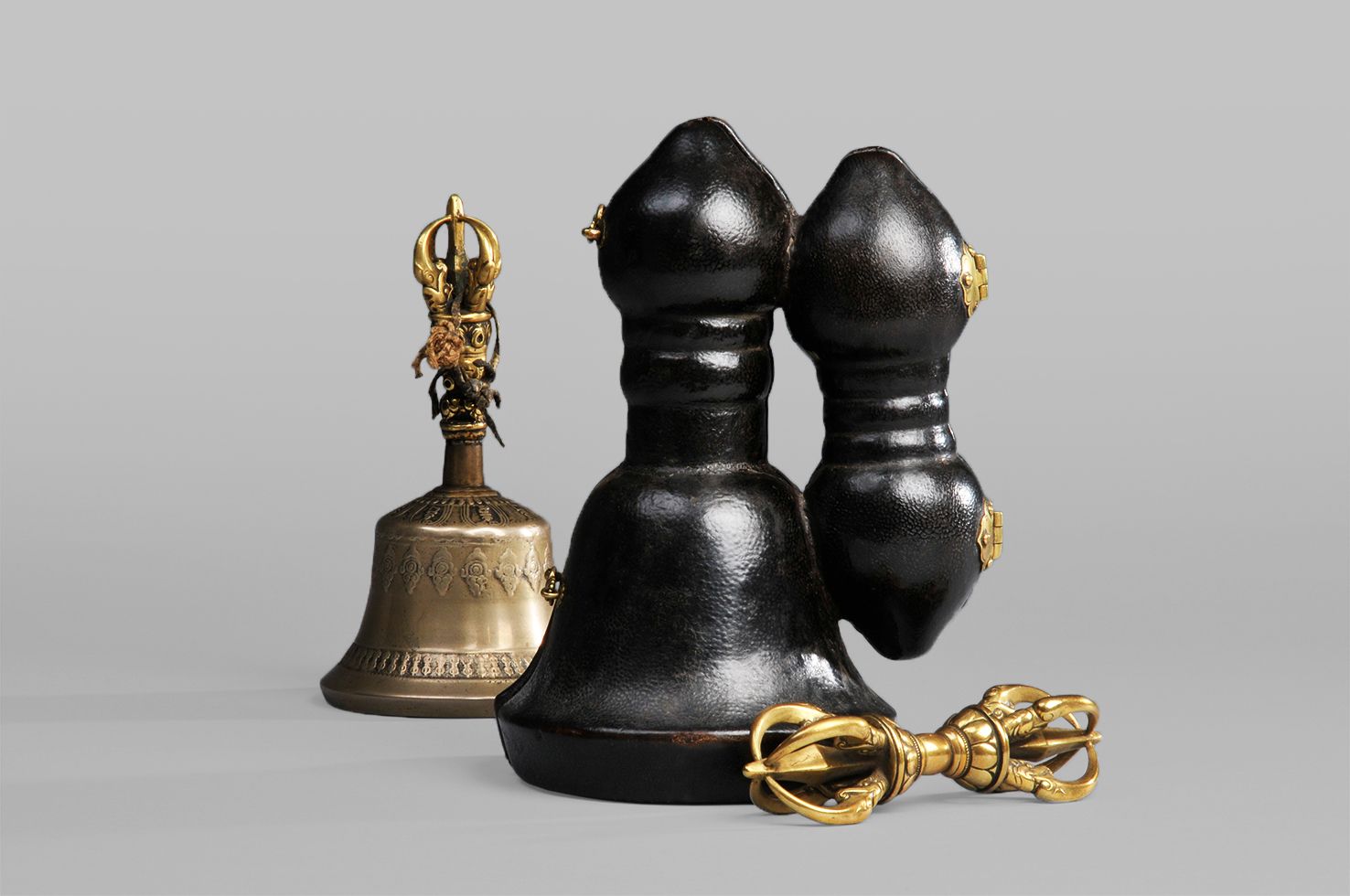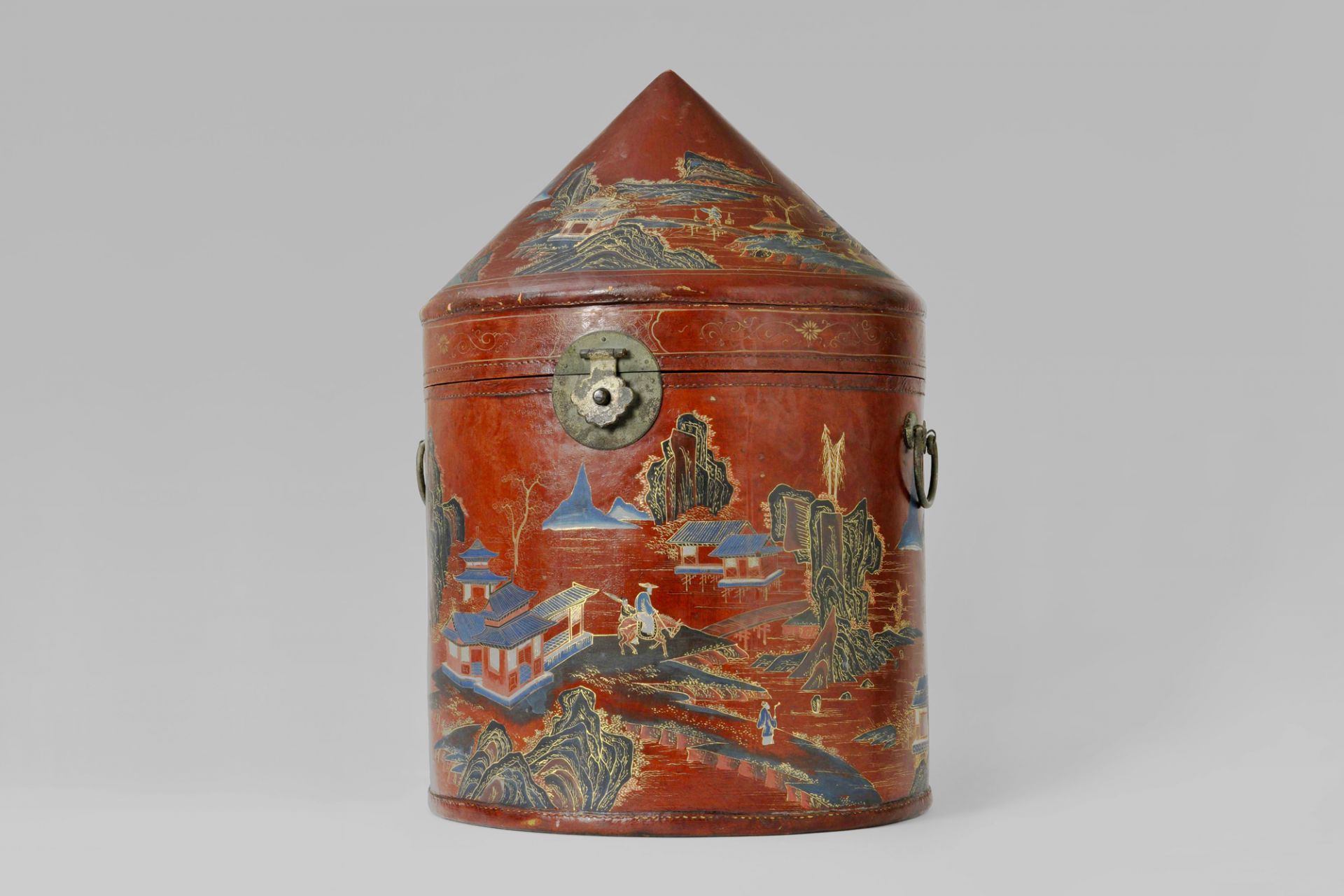Museum
Deutsches Ledermuseum, the German Leather Museum, boasts a unique collection consisting of works in leather and related materials. It represents something unique in the museum world. In recent times the museum has consciously opened out to include current developments and has purposely included exhibits made of alternative materials in its collection.
More than 30,000 objects tell of the global uses and the manifold culturally and historically significant applications of the material that is leather in different eras and cultures. On show are four millennia of footwear, plus outstanding ethnographic objects from Africa, Asia, Europe as well as the Americas and the polar regions.
Collection
Over the more than 100 years of the German Leather Museum’s existence, the institution has developed into an all-round museum on leather design; its collection documents and presents craftsmanship and artistic creativity across a period of six millennia. Today, the museum includes utility and luxury items ranging from arts, crafts and design to fashion, and even objects relating to everyday culture.
Starting with the oldest exhibit, an Egyptian receptacle dating from the fourth millennium B.C., the collection ranges from slip cases and lover's boxes, samurai armor and African shields to artistically crafted luxury objects such as gilded leather wallpaper from the homes of the 17th and 18th century noblemen and upper classes and even objects made of vegan and substitute materials similar to leather. Prestigious showpieces from courts, functional everyday items, clothing and traditional costumes, tools and objects of religious and ceremonial significance, along with items relating to hunting and warfare complete the collection. A comprehensive bag and purse collection portrays the development of the latter items from the end of the Middle Ages right up to the present day. Something else worthy of a mention is the great variety of shadow-play figures from Asia made of parchment and rawhide.
A Special Collection of International Repute – Deutsches Schuhmuseum, the German Shoe Museum
One particular highlight is the German Leather Museum’s high-caliber shoe collection, consisting of more than 10,000 exhibits made from different materials and not only from leather. Alongside creations by reputed designers such as Beth Levine, Roger Vivier and Vivienne Westwood, the collection’s unique inventory assembles footwear dating from four millennia and traces the development and significance of footgear. Boots from the days of the Roman Empire, Venetian platform soles from the late 15th century, moccasins with embroidered beading from North America and platform sandals for Turkish bath from Damascus are as much part of the spectrum of shoes as the elegant silk boots once in the possession of the Empress Sissi of Austria and a pair of trainers belonging to Joschka Fischer, the ones he was wearing when he was sworn in as the first Hessen Minister of the Environment for the Green Party back in December 1985. Vegan sneakers made of recycled plastic garbage are also to be found in the inventory. Sample specimens, shoe lasts and shoemaker’s tools, equipment typical of the shoemaker’s guild, illustrations, and posters represent complementary material on this important field.
The First Object and the Idea for a Universal Museum
The starting point for the German Leather Museum’s collection was the personal purchase of three leather objects in South Tyrol by architect and later Museum founder Hugo Eberhardt (1874–1959) during a vacation in South Tyrol in 1912. A baroque case with ornamental leather carving dating from the 16th century and two other smallish leather objects represented the original idea behind a museum which was to devote itself exclusively to the material that is leather.
In 1917, Hugo Eberhardt established a collection for teaching pureposes and to act as specimens at the Technische Lehranstalten (nowadays the University of Art and Design (HfG) Offenbach), where he had been the director since 1907. The collection was aimed at the specialist class in leather for the artisanal branch. Historical collections of archetypes of this kind date back to the mid-19th century and were often to be found at vocational schools and schools of arts and crafts, which were frequently associated with the genesis of museums of arts and crafts or applied art. The collection belonging to the German Leather Museum also followed in this tradition.
With the founding director’s intention in mind, from the very outset, the concept behind the collection did not restrict itself to locally produced goods, but had a global orientation. Over the course of the past 100 years what has come into being is a unique and multifaceted collection of objects from various different eras and from all parts of the world.
Leather as a Material
Leather is a versatile material obtained by tanning untreated animal hides. In the tanning process the skin is preserved, but without losing its characteristics such as its suppleness, elasticity and tensile strength. In principle, all animal pelts and skins, even those of fishes, amphibians and birds can be tanned. However, it is most frequently the skin of mammals such as cattle and sheep that is processed for leather production. The leather of snakes, lizards and crocodiles is known as reptile leather and, following the Washington Agreement, which was signed by Germany in 1976, such skins can only be traded in special circumstances.
Quite apart from the individual appearance of each skin, the material that is leather offers great scope for design, from the dyeing process all the way to special artistic methods of decorating leather such as embossing, gilding, ornamental leather carving, relief and mosaic techniques.
Known as 'related materials', these substances comprise not only rawhides – depilated and dried, but not tanned animal skins such as parchment and intestine – but also pelts that have been dressed to make furs. The plumage of birds also counts as a related material. Objects made from these raw materials are as much part of the collection as other exhibits made of animal components such as silk, bone and mother-of-pearl.
The German Leather Museum is also home to exhibits made of 'alternative materials', the appearance and characteristics of which imitate leather or replace it with vegan alternatives. However, it is not so much the case that the collection focuses on synthetic leather substitutes, but that it instead presents innovative materials made either of recycled plastics or of natural ingredients. The collection comprises, for example, objects made of biodegradable materials such as paper, cork, fungus, Piñatex® (pineapple fibers) eucalyptus and teak leaves.
Library
The German Leahter Museum has a scientific library with more than 8,000 media, which can be viewed on site for research purposes after prior registration.
Further information can be found on the website of the Frankfurt Museum Libraries.
History
Establishment and Initial Years at Technische Lehranstalten in Offenbach/Main
Deutsches Ledermuseum, the German Leather Museum, was established in Offenbach by architect Hugo Eberhardt (1874–1959) on March 13, 1917. During its early years, the objective of what was to become the cornerstone of the modern-day museum collection was to develop and refine the good taste of young artisans, designers and leather goods manufacturers at Technische Lehranstalten (now the Offenbach University of Art and Design). The Museum’s founder served as its director from 1907 through 1940.
At the time, Offenbach occupied a preeminent position on the international leather goods market and leather goods from Offenbach were world-famous. Products from the Offenbach region, with their highly-skilled workmanship and contemporary designs, were aimed at continuing to secure the economic success of this sector, with its long-standing tradition.
Leather Goods from Offenbach
The history of the development of the leather goods trade in Offenbach stretches back to the end of the 18th century. This period saw the emergence of the first wallet businesses, which specialized in producing small leather goods such as little leather cases and caskets. In 1776, Joseph Anton Mönch, who was appointed to the Isenburg court as a bookbinder, established, together with his son Johann Karl Mönch, the first Etui- und Souvenirmanufaktur (leather case and souvenir manufactory). Further businesses were to follow and by the end of the century a highly qualified wallet trade had become established in the region. Most of the company founders and their employees came from local leather-processing professions such as the bookbinder’s trade, the fashionable saddlery industry and the strap-making trade.
Over the course of the 19th century, the demand for leather and leather goods grew steadily, resulting in a wide spectrum of products, from leather cases and toiletry bags to luggage, wallets and purses, shoes and photograph albums. By the middle of the century, Offenbach’s leather goods industry had experienced an unprecedented upswing. One of the major factors in this was its favorable manufacturing conditions, for instance, because of homeworkers in the surrounding areas, the attractiveness of the location thanks to the freedom of trade in the city in contrast to its neighbor, Frankfurt/Main, and because of its favorable location in relation to the latter trade-fair city, offering good opportunities for sales and trading.
The structure of the leather goods trade was specifically characterized by small and medium-sized businesses operating in the leathercraft trade. This soon also attracted the leather-producing industry and its ancillary industries to Offenbach. The great diversity of leather producing and processing businesses ranged from tanneries to shoe factories, wallet manufacturers to specialists in leather-pressing and leather-gilding, along with dyeing factories. In no other town or city in the German Empire was so much leather processed as there was in Offenbach/Main.
Offenbach’s leather goods trade reached its zenith in the 1920s. Not least thanks to its high volume of exports, something that accounted for 75 percent of production before World War I, Offenbach’s leather goods became famous throughout the world.
Nowadays, because of structural change and pressure from global competition, the sector has been forced to content itself with a niche existence and only a few companies have survived. The trade lives on in isolated cases, in small regional leather workshops that produce exclusive leather goods, as well as thanks to the fact of designers rediscovering the material.
The Birth of an All-Round Museum Dedicated to the Raw Material that is Leather
Out of what was originally a collection for teaching and exemplary purposes, the collection that was, for its first eight years, housed with the Technische Lehranstalten, soon grew into a broadly-based educational establishment for anybody interested in the subject. The aim was to produce a universal museum dedicated to the raw material that is leather, a museum that not only reflects the global diversity of crafted leather goods that demonstrate great artistic prowess but also shows how animal hides can be preserved, treated and designed – one of the oldest crafts known to man in the world.
In 1922, the German Leather Museum became an 'Anstalt des öffentlichen Rechts' (public-law entity). After a two-year conversion phrase, it moved into Villa Mainpfalz on Kaiserstrasse, which had been made available to the museum for exhibition purposes by the city of Offenbach in 1924.
After participating in the first international leather show in Berlin in 1930, the German Leather Museum became famous throughout the world and its premises in Villa Mainpfalz soon became too small to house its growing inventory – applied art, ethnology and a collection of shoes – and the museum started looking for a new domicile.
In 1938, the museum moved into its present-day location, an old warehouse on Frankfurter Strasse, which had been converted according to plans by Hugo Eberhardt from 1936 through 1938. After the museum had moved out, Villa Mainpfalz was demolished.
At the beginning of the 1940s, the museum’s work very much came to a standstill. In 1942–43, the collection was moved to Amorbach in the Odenwald, to Seligenstadt and Büdingen; the building was severely damaged by air raids and only its basic substance remained standing.
On Hugo Eberhardt
Prof. Hugo Eberhardt established and ran the German Leather Museum on a voluntary basis from 1917 until his death in 1959, with the exception of a four-year interruption between 1946 and 1950.
Recent historical research has now allowed for a new, critical view of Eberhardt’s person and his work. In order to further pursue the interests of the German Leather Museum, and particularly so as to augment its collection and, in the 1930s, to acquire a fixed and more prestigious location, in his double role as Director of Meisterschule des Deutschen Handwerks (formerly Technische Lehranstalten, nowadays HfG Offenbach) and Head of the museum, Eberhardt collaborated with the Nazis while they were in power. In 1941, he became a member of the Nazi Party and actively distanced himself from the museum’s former, Jewish patrons. At a denazification tribunal in April 1948, he was deemed to be a “hanger-on”.
Postwar period - a New Beginning
After the end of World War II, the museum building was occupied by the US Army until November 1950. Then, after conversion work on its interior, it served various purposes. As early as spring 1945, the west wing of the ground floor was set up as a temporary 'Leathergoods Store', selling leather products from Offenbach to soldiers and relatives of the Allied troops. It was possible for the museum to use several rooms for restoring and housing its collection’s inventory. The Dutch and French objects acquired by the museum during the Nazi era were restituted in 1946. The German Leather Museum opened some of its rooms to the public again for the first time after the War on October 4, 1949, to mark the occasion of a sales exhibition: 'Lederwarenindustrie und Marshallplan' (The Leather Goods Industry and the Marshall Plan). The following year, this exhibition was expanded, becoming the Offenbach Leather Goods Trade Fair.
In 1951, the major shoe collection was set up with its own showrooms, known as 'Deutsches Schuhmuseum' (German Shoe Museum). There have been two major conversion projects (1960–61 and 1980–81) which have extended the premises. Subsequent to these projects, the museum had more than 4,000 m² at its disposal; this space was divided up into exhibition space, a large events area, storage rooms, and archives.
On May 23, 1995, an LRT stop at 'Ledermuseum' opened on Berliner Strasse.
The German Leather Museum in the 21st Century
Further expansion and conversion work followed in 2010–11. At the same time, a provenance research facility was established at the German Leather Museum for a period of three years, aimed at investigating objects that had once been in Jewish ownership.
In October 2013, the Julius-Mayer-Portal (Julius Mayer portal), a partial reconstruction of the entrance portal to an Offenbach-based leather factory, Julius Mayer & Sohn, was erected on the museum forecourt, since when it has stood in memory of two families of Jewish entrepreneurs, the Mayer and the von Hirsch families. The corporate building was erected at the beginning of the 20th century after architectural plans by Hugo Eberhardt.
J. Mayer & Sohn was one of the leading European leather manufacturers, particularly famed for its kid glacé leather. Ludo Mayer and his nephew Robert von Hirsch were also patrons of the city of Offenbach and of the German Leather Museum, financing important acquisitions by the museum. Under pressure from the Nazis as a Jewish entrepreneur, the last owner, Robert von Hirsch, was forced to give up the company as early as 1933 and to emigrate to Switzerland.
Since the mid-2010s, the museum has realigned itself in terms of its main focus. Instead of continuing with its existing policy of organizing its exhibits into three sections – applied art, ethnology and the Deutsches Schuhmuseum (German Shoe Museum) – the museum has been focusing on presenting various approaches to its highly diverse collection.
In 2017, the German Leather Museum celebrated its 100th anniversary. Since then, there have been signs positioned along the A3 interstate, guiding tourists to the museum.
MUSEUM PUBLICATIONS
The publications by the German Leather Museum can be purchased on site in the museum or ordered via e-mail at info@ledermuseum.de.
Prices are exclusive of delivery costs.
For deliveries within Germany and abroad we ask for payment in advance.
THE GLOVE More than fashion
In the form of THE GLOVE: More than fashion Deutsches Ledermuseum is tracing the varied cultural history of an accessory whose importance is often underestimated. The sheer diversity of this article of clothing is demonstrated by means of selected exhibits, from warming Inuit mittens, boxing gloves, disposable rubber or latex gloves, and Pontifical gloves, to models by renowned designers such as Marc Jacobs and Dries Van Noten.
Publication on the exhibition, 2022, edited by Inez Florschütz in cooperation with Leonie Wiegand, texts Leonie Wiegand, introduction by Inez Florschütz, foreword by Madeleine Häse, German/English, 200 p., 198 color and 46 black-and-white illustrations, 25,- €, ISBN 978-3-89790-685-3, Hardcover
TSATSAS past present future
Since 2012, Esther and Dimitrios Tsatsas have been creating leather bags and accessories that deviate from fashion’s established design concepts and take a new approach free of aesthetic limitations. With the exhibition and publication TSATSAS. past, present, future, published to mark the TSATSAS brand’s 10th anniversary, the Deutsches Ledermuseum showcases the work of this internationally successful designer label that is still produced locally in Offenbach am Main.
Publication on the exhibition, 2022, edited by Inez Florschütz, Deutsches Ledermuseum, texts by David Chipperfield, Yoko Choy, Markus Frenzl, Dieter Rams, Esther and Dimitrios Tsatsas, German/English, 200 p., 122 color and 18 black-and-white illustrations, 34,- €, ISBN 978-3-89790-655-6, Hardcover
STEP BY STEP: Shoe.Design through the Ages
Shoes are far more than functional and fashionable cladding for feet. Alongside the design of various shoe types over centuries, their roles as a protective item of clothing, a status symbol, a fashion item or a political statement for the wearer form the focus of the exhibition and the catalog.
Exhibition catalog, 2019, ed. by Inez Florschütz in cooperation with Maureen Ogrocki and Leonie Wiegand, texts by Inez Florschütz, Katharina Lippe, Maureen Ogrocki, Stefanie Rohde & Leonie Wiegand, 288 pages, 320 color illustrations, ISBN 978-3-89790-581-8, soft cover with flaps, out of stock
LEATHER.WORLD.HISTORY.
100 YEARS OF THE GERMAN LEATHER MUSEUM (1917–2017)
The catalog marks the 100th anniversary of the museum’s foundation, presenting highlights of its extraordinary collection in their cultural-historical contexts and recounting intriguing tales about their former owners or how they came to be in the museum. Alongside texts on the history of the museum and its collection, it also includes photographs from the extensive archive, as well as a glossary for leather.
Exhibition catalog, 2017, ed. by Inez Florschütz, texts by Vanessa Didion, Inez Florschütz, Andreas Hansert, Kirsten Pick, & Maria Anna Tappeiner, 276 pages, 120 color and 149 b/w illustrations, € 34.00, ISBN 978-3-7356-0391-3, soft cover with flaps
(available in German only)
ROGER VIVIER. FOOTWEAR
For the first time, the German Leather Museum presents 40 prototypes from Roger Vivier’s ‘wild years’, the 1930s, which illustrate the life’s work of a master shoemaker who left his mark on 20th-century shoe design the world over.
Exhibition catalog, 2014, ed. by the German Leather Museum, texts by Rosita Nenno, Christian Rathke, Inge Specht et al., 106 pages, 94 illustrations, € 25.00, ISBN: 978-3-9815440-2-2, accompanying booklet with translations of the texts (English/Dutch) € 5.00
A RACE AGAINST TRANSIENCE
Taking 20 selected specimen cases, the restorers at the German Leather Museum shed light on their activities and offer interested readers an exciting look behind the scenes of the German Leather Museum.
Exhibition catalog, 2012, ed. by the German Leather Museum, texts by Nina Frankenhauser, Jutta Göpfrich & Katharina Mackert, German/English, 156 pages, 135 illustrations, € 25.00, ISBN: 978-3-9815440-0-8
POWER – LEATHER – LUST: Leather Powers Lust. Hidden codes of leather clothing in the 20th century
The catalog traces the path of leather from functional clothing to a means of expression of military might, to a fashion accessory for roleplay in the gothic and bondage scene, with a foray into the pictorial world of photography.
Exhibition catalog, 2008, ed. by Rosita Nenno, Christian Rathke, German Leather Museum, German/English, 160 pages, 150 illustrations, ISBN: 978-30-00-024422-3, out of stock
LUST FOR LEATHER. MASTERPIECES OF APPLIED ART FROM THE GERMAN LEATHER MUSEUM IN OFFENBACH
This coffee-table book illustrates leatherworking spanning a period of around 800 years – from book covers and coffrets from the Middle Ages to chests, ornamental shields and gilded leather wall coverings, to modern-day handbags.
Exhibition catalog, 2006, ed. by the German Leather Museum, texts by Rosita Nenno & Christian Rathke, 252 pages, 133 illustrations, € 20.00, ISBN: 978-3938025673
(available in German only)
PATRONS ASSOCIATION
The Patrons of the German Leather Museum was founded in 1987 with its objective as stated in its statutes being to support the museum in its work, particularly in terms of financial assistance for purchasing items, realizing exhibitions, and developing international contacts. From the outset, the association has worked primarily to expand the collection. Around 1,250 exhibition items have already been acquired by the museum thanks to funding from the Patrons association.
With its members, which include companies, associations and private patrons of the arts, it also provides advice to the museum on the realization of new exhibition and presentation formats.
The German Leather Museum is relying on the Patrons’ assistance for lots of exciting projects and purchases in the future, too.
New friends and patrons are always warmly welcomed to the group.
Members get free admission to the German Leather Museum exhibition, free program information, and preferential admission to special tours, workshops, presentations and openings.
The Patrons of the German Leather Museum is a non-profit organization. Contributions and donations are tax-deductible. The Patrons of the German Leather Museum will be happy to provide detailed information on the advantages of membership as well as the association’s planned projects and activities.
Individual membership: € 60
Family membership: € 75
Corporate membership: € 120
BOARD OF TRUSTEES
Dipl.-Des. Sylvia Zwölfer, Chairperson
N.N., Deputy Chairperson and Treasurer
Marco Stotz, Secretary
Dr. Inez Florschütz, Museum Director
REGISTERED OFFICE
Förderkreis Deutsches Ledermuseum e.V.
c/o Deutsches Ledermuseum
Frankfurter Straße 86
63067 Offenbach am Main
+49 (0) 69 829798 0
foerderkreis@ledermuseum.de
CONTACT
Deutsches Ledermuseum
Frankfurter Strasse 86
63067 Offenbach/Main
Germany
For general enquiries, please contact:
+49 (0) 69 829798 0
info@ledermuseum.de
Museum Director
Dr. Inez Florschütz
info@ledermuseum.de
Management office
N. N.
info@ledermuseum.de
Research I Curation
Leonie Wiegand M.A.
wiegand@ledermuseum.de
Press & PR I Marketing
Natalie Ungar M.A.
ungar@ledermuseum.de
Graphics assistant
Vincent Brod
grafik@ledermuseum.de
Education
Sarah Vogel M.A.
vermittlung@ledermuseum.de
Collection management & digitization
Nora Henneck M.A.
henneck@ledermuseum.de
Depot management & conservation
Vanessa Schauer M.A.
schauer@ledermuseum.de
Karina Länger B.A.
laenger@ledermuseum.de
Administration
Agnes Stutz
stutz@ledermuseum.de
Facilities technology
Ralph Müller
info@ledermuseum.de
